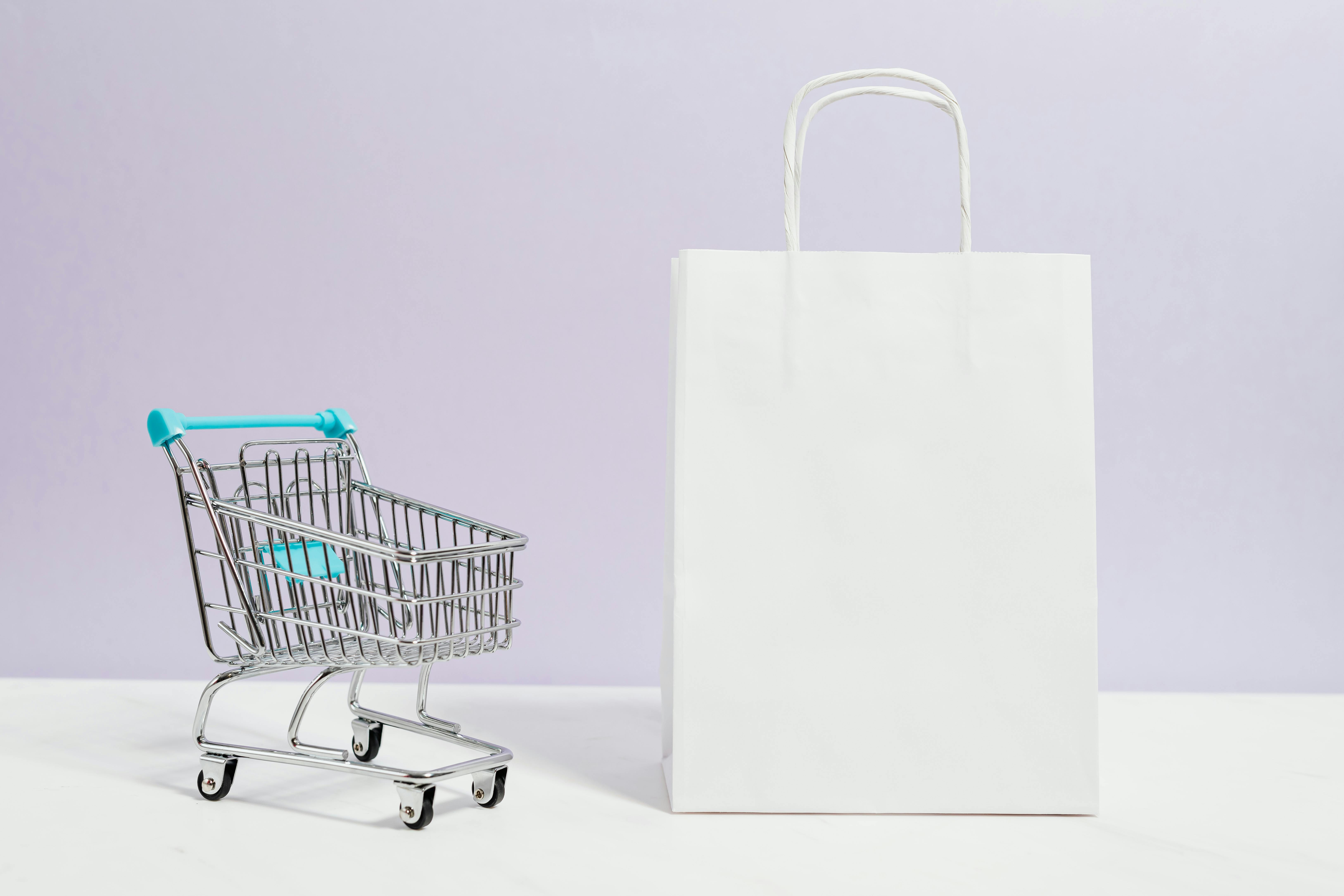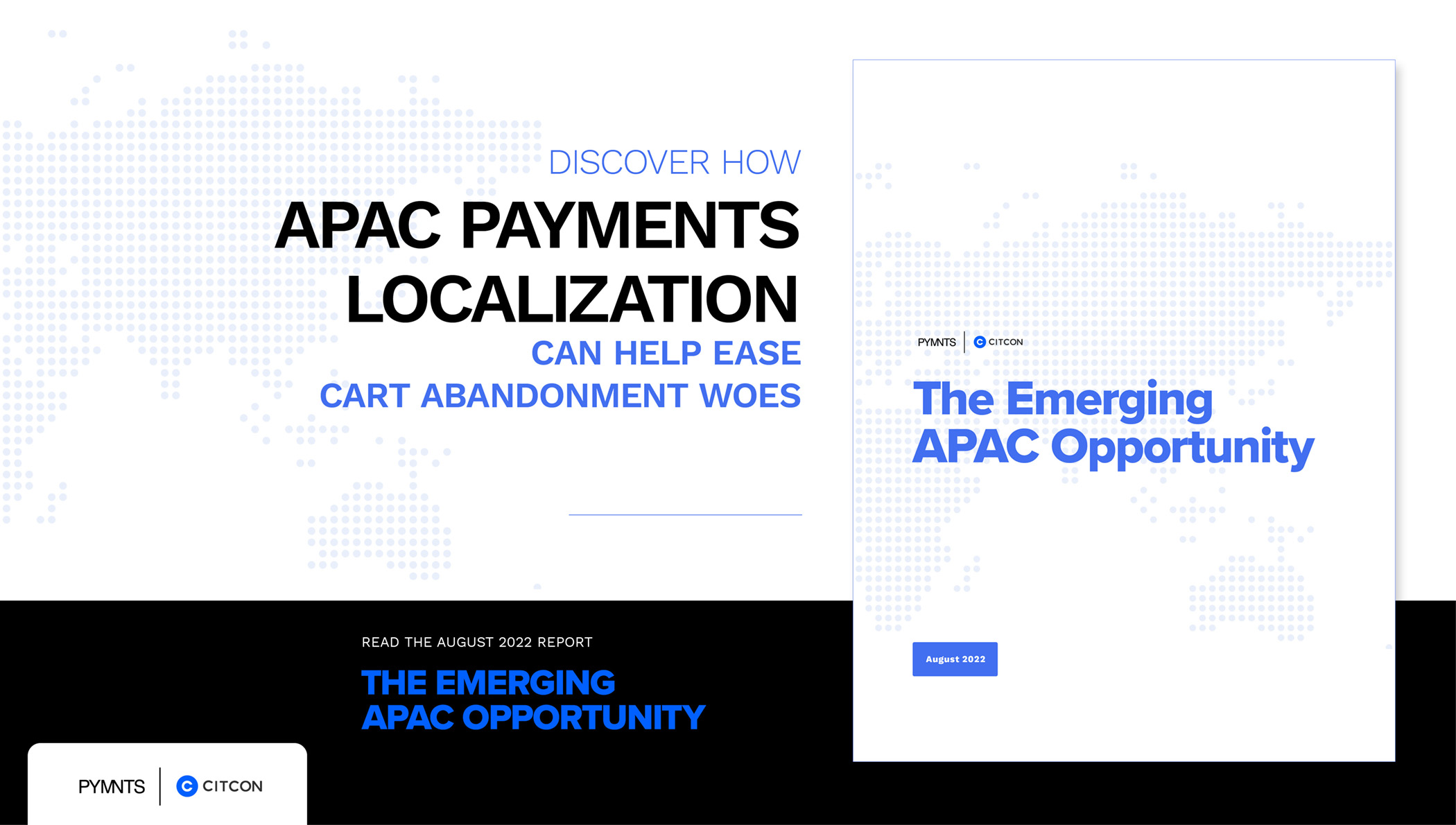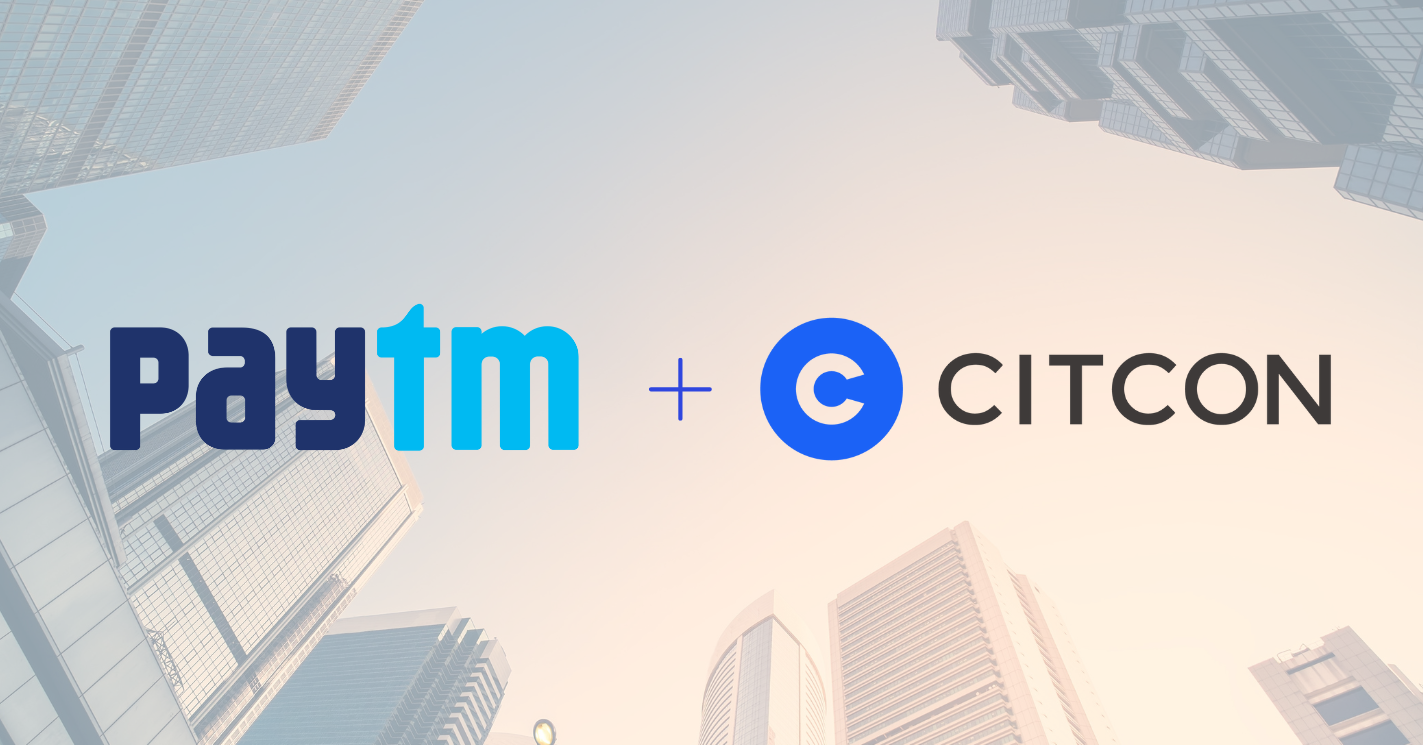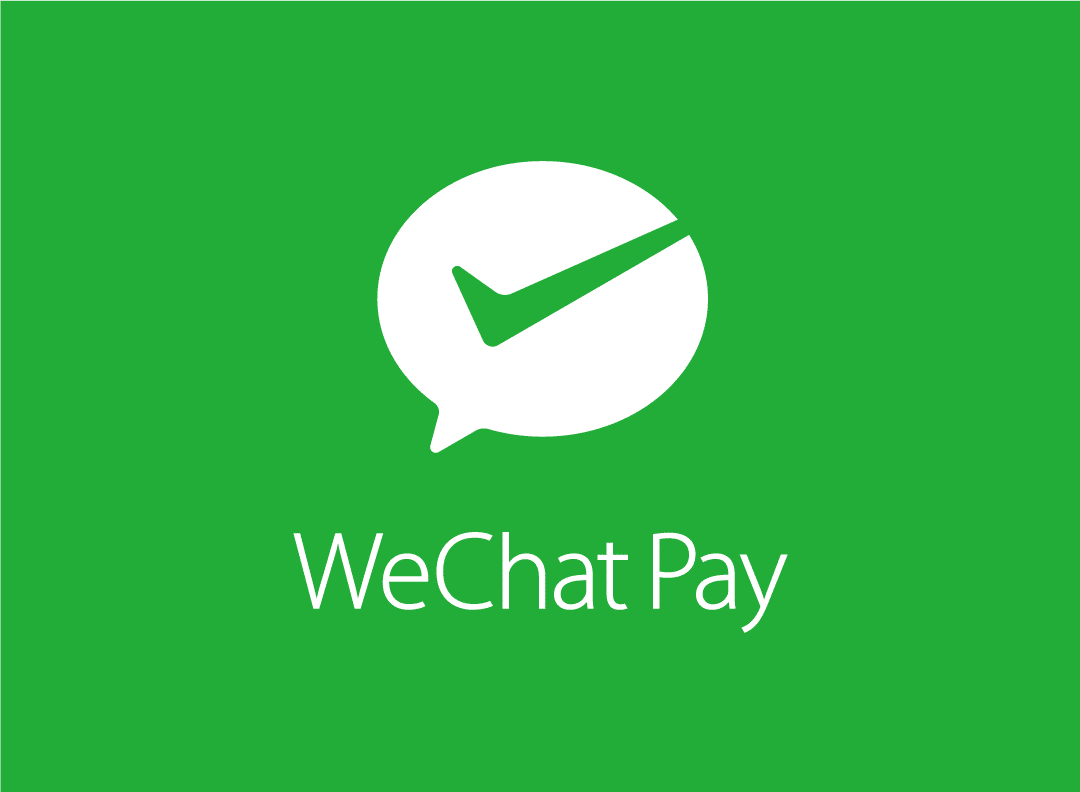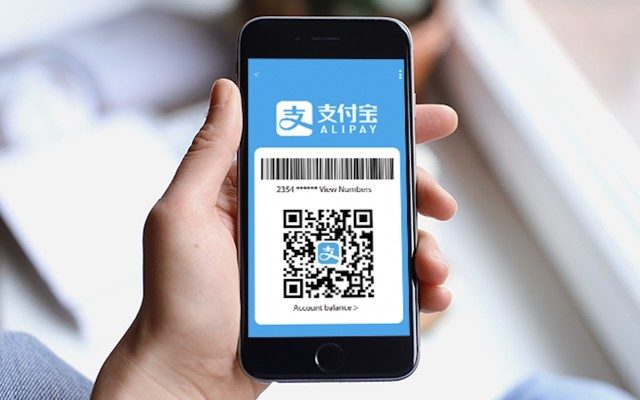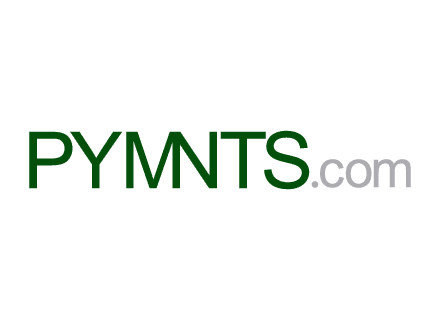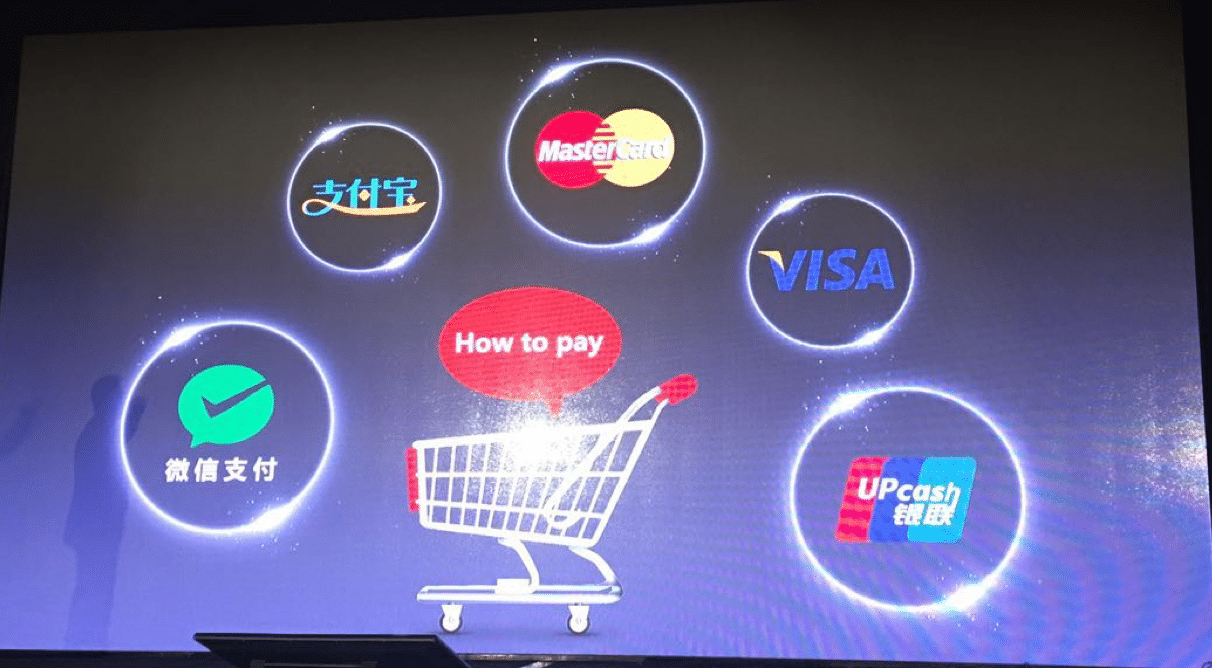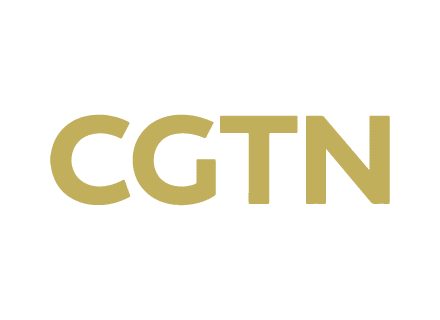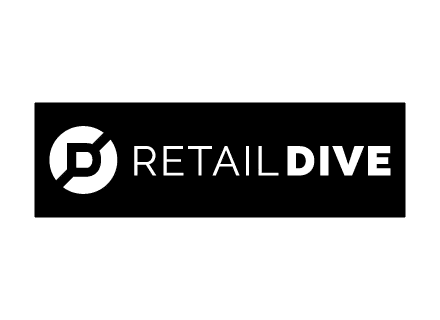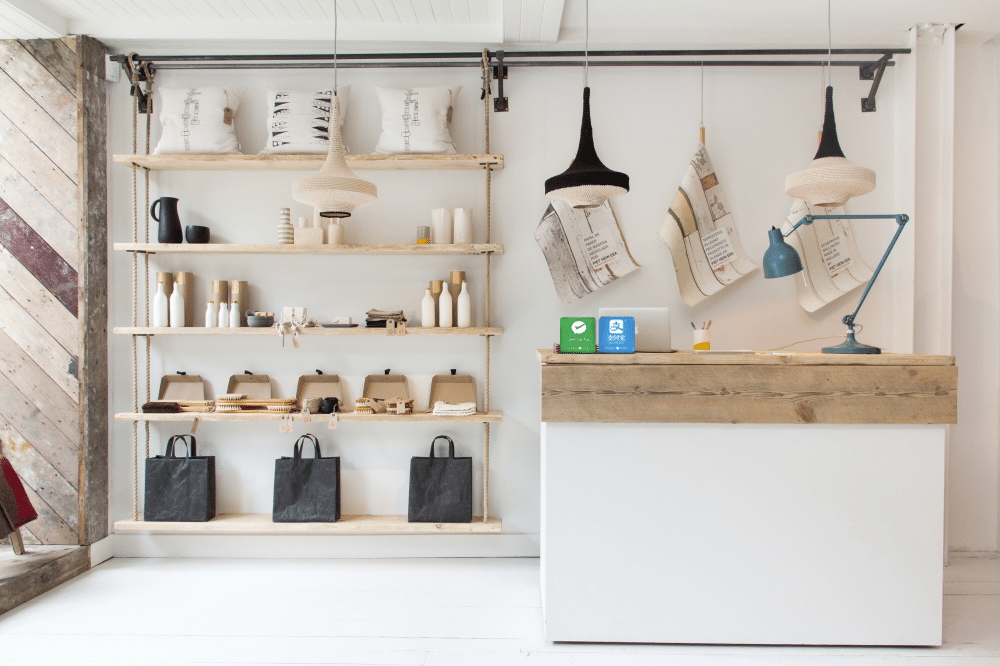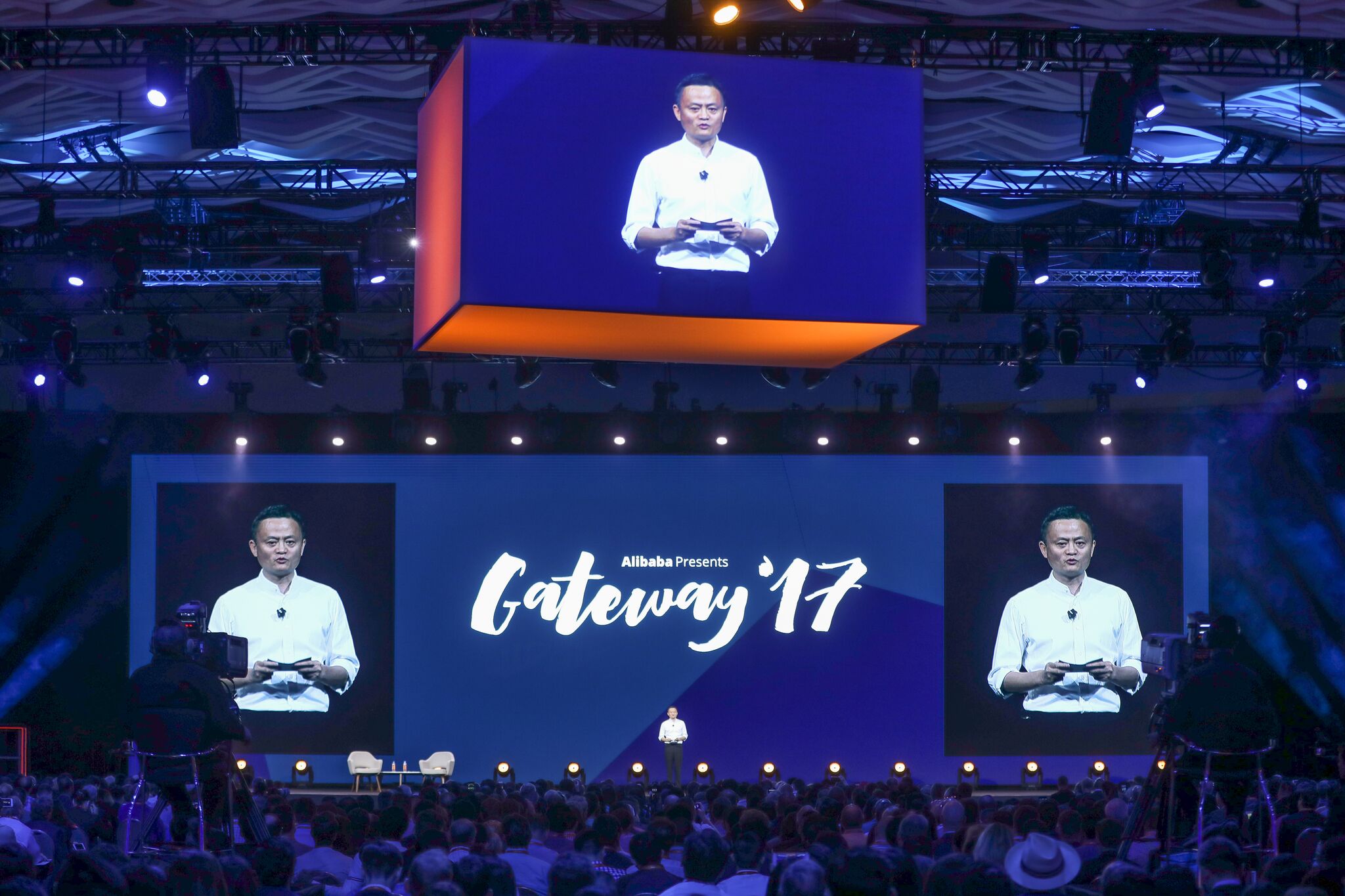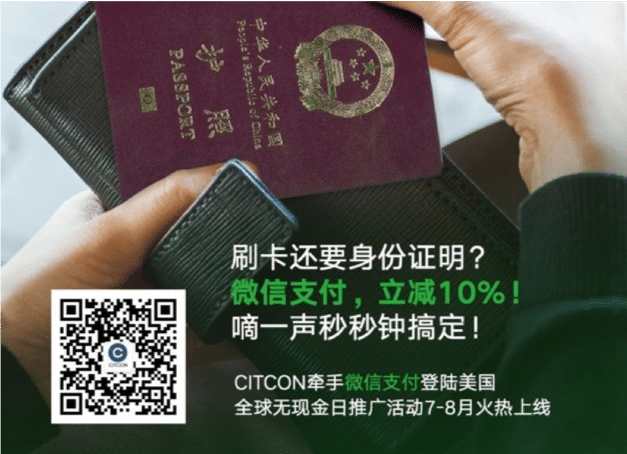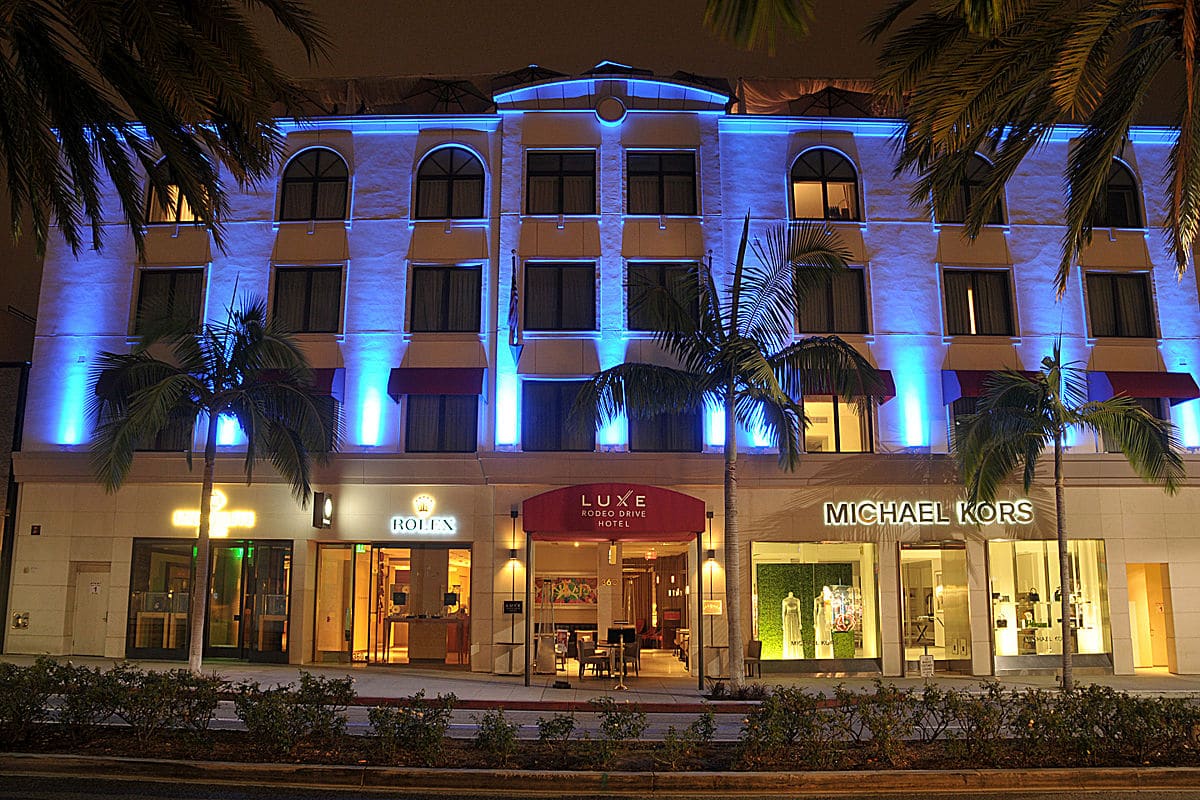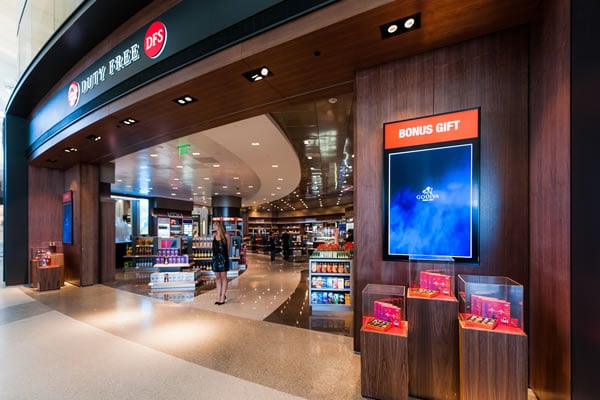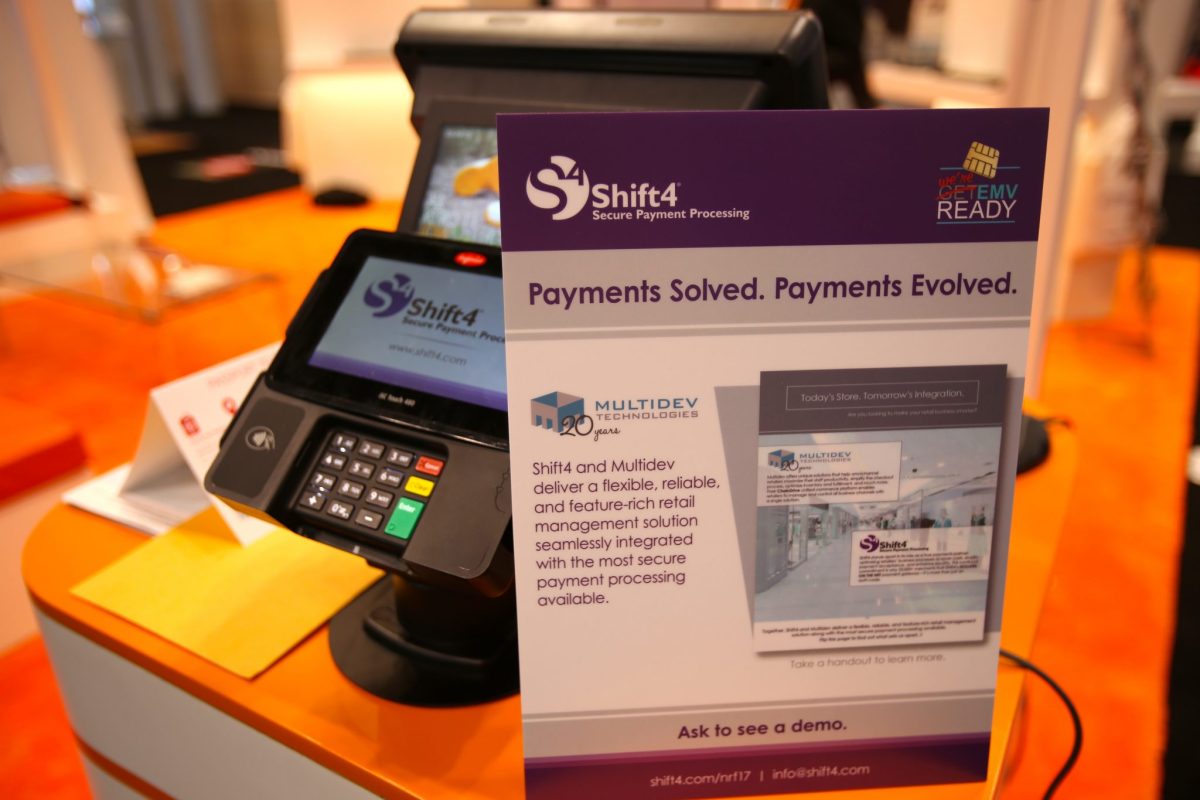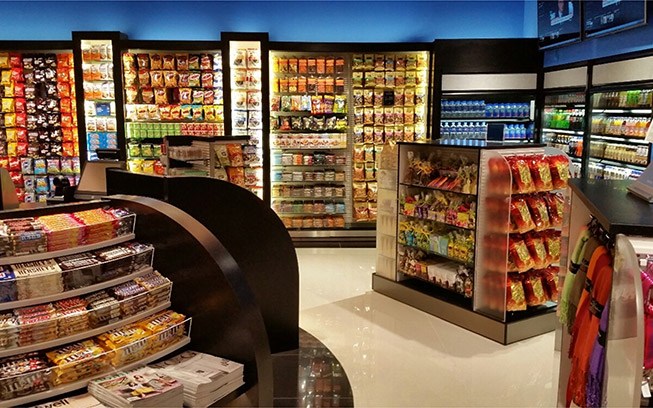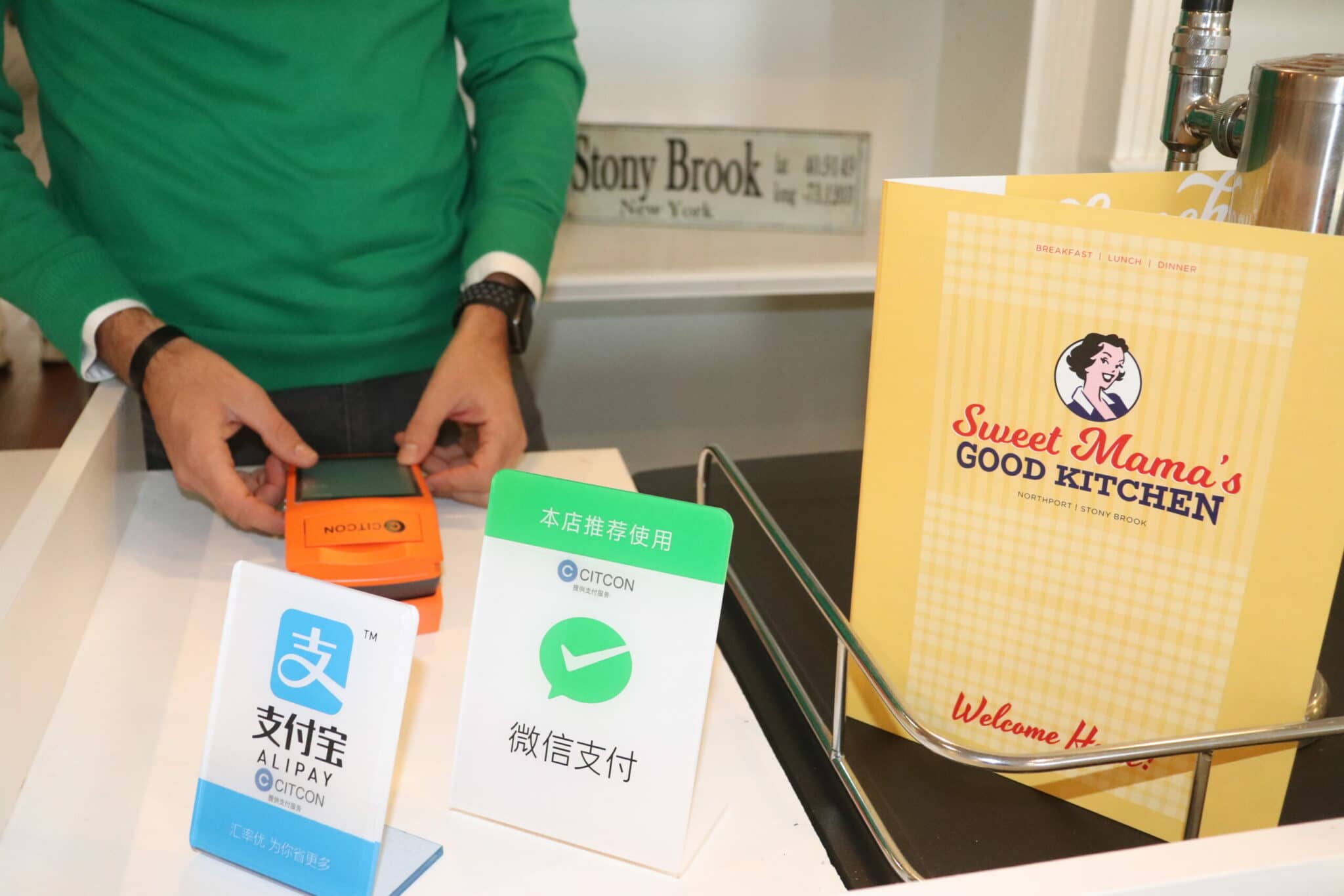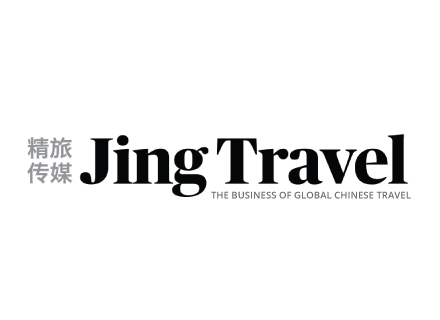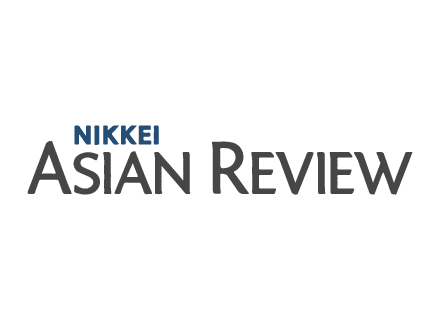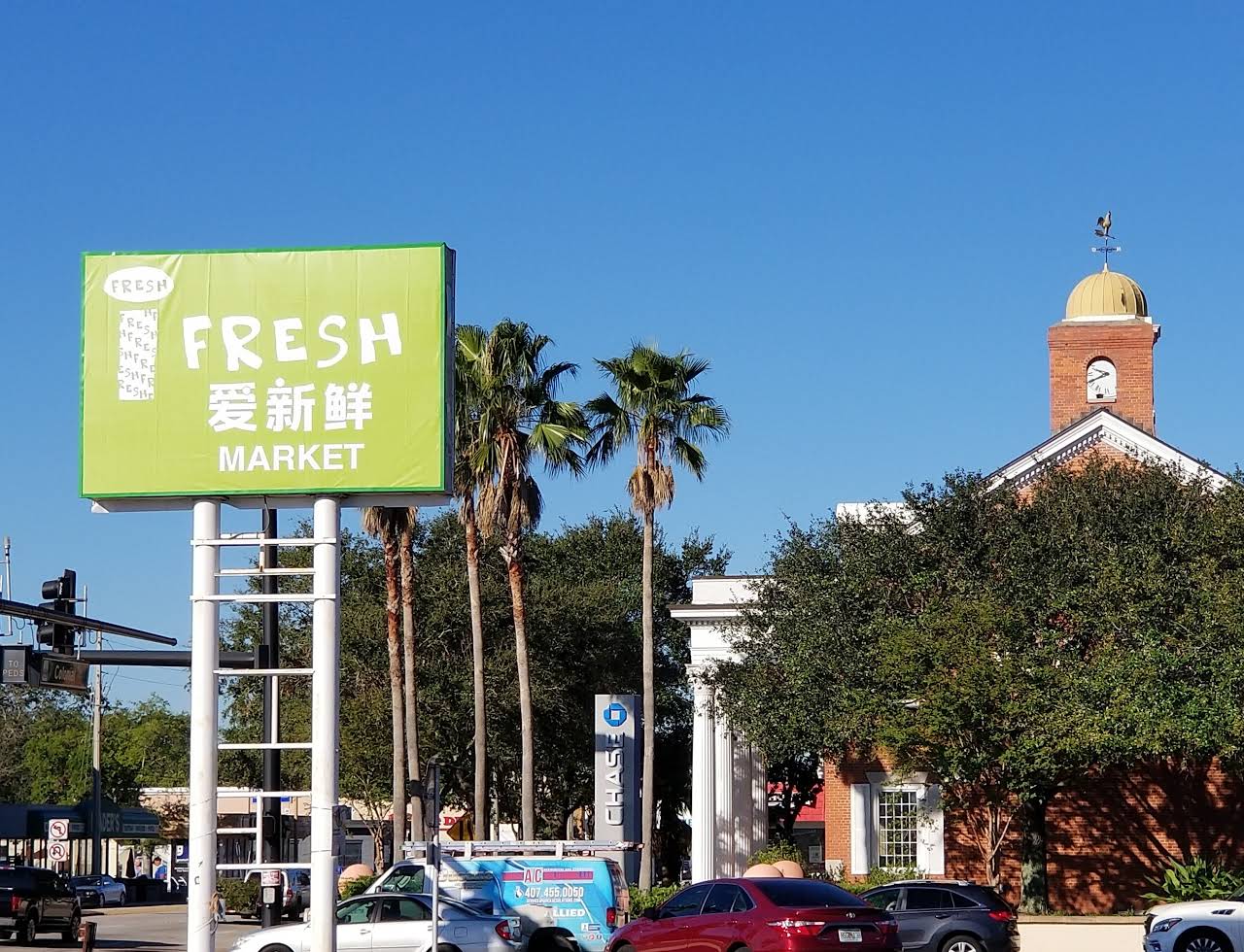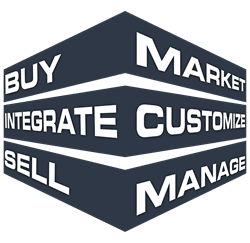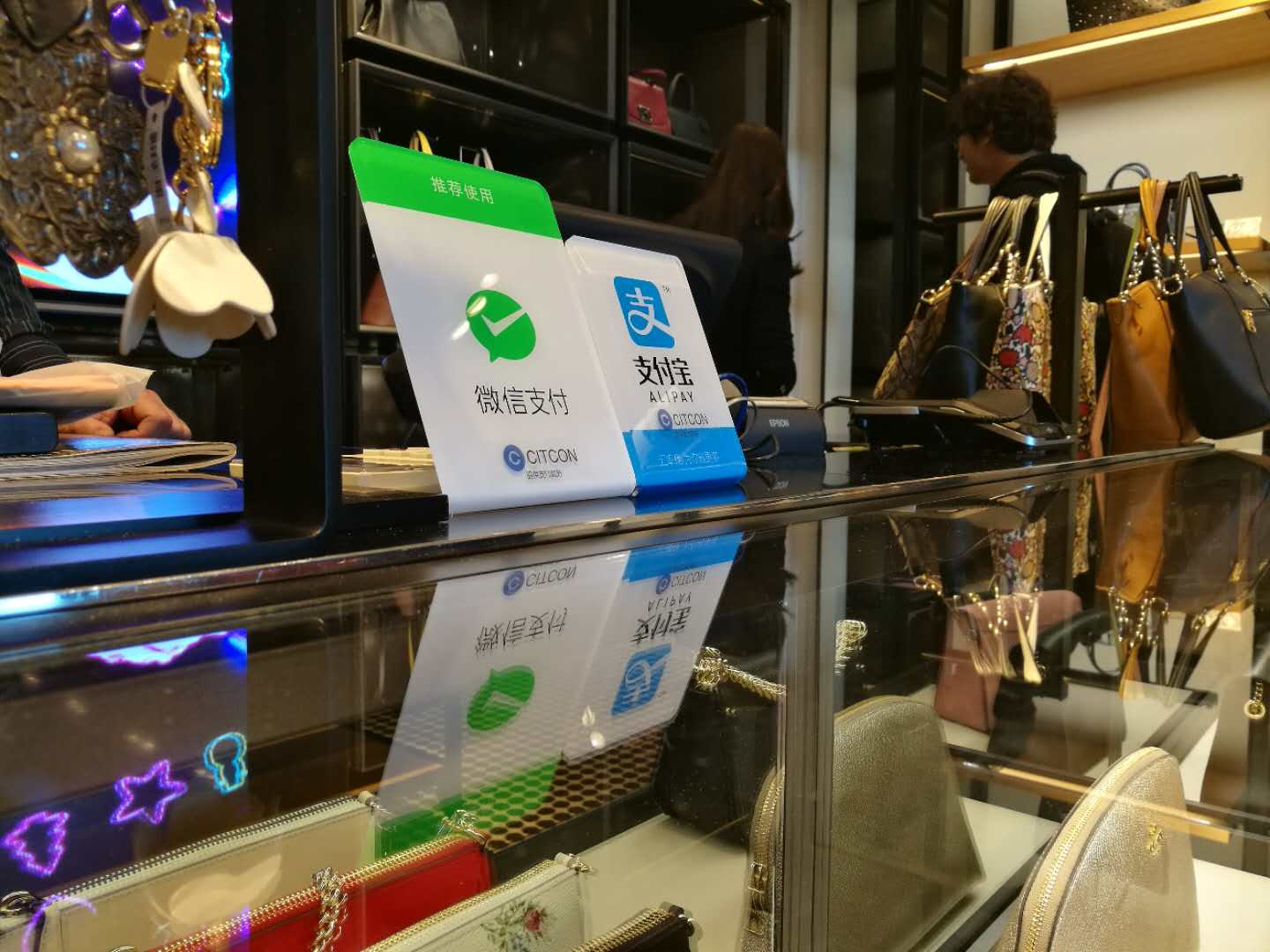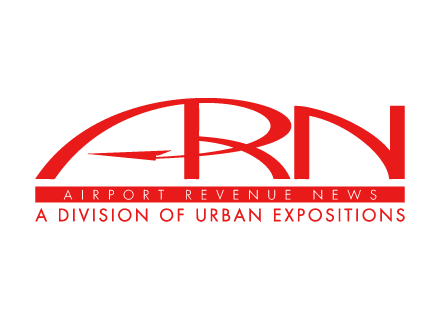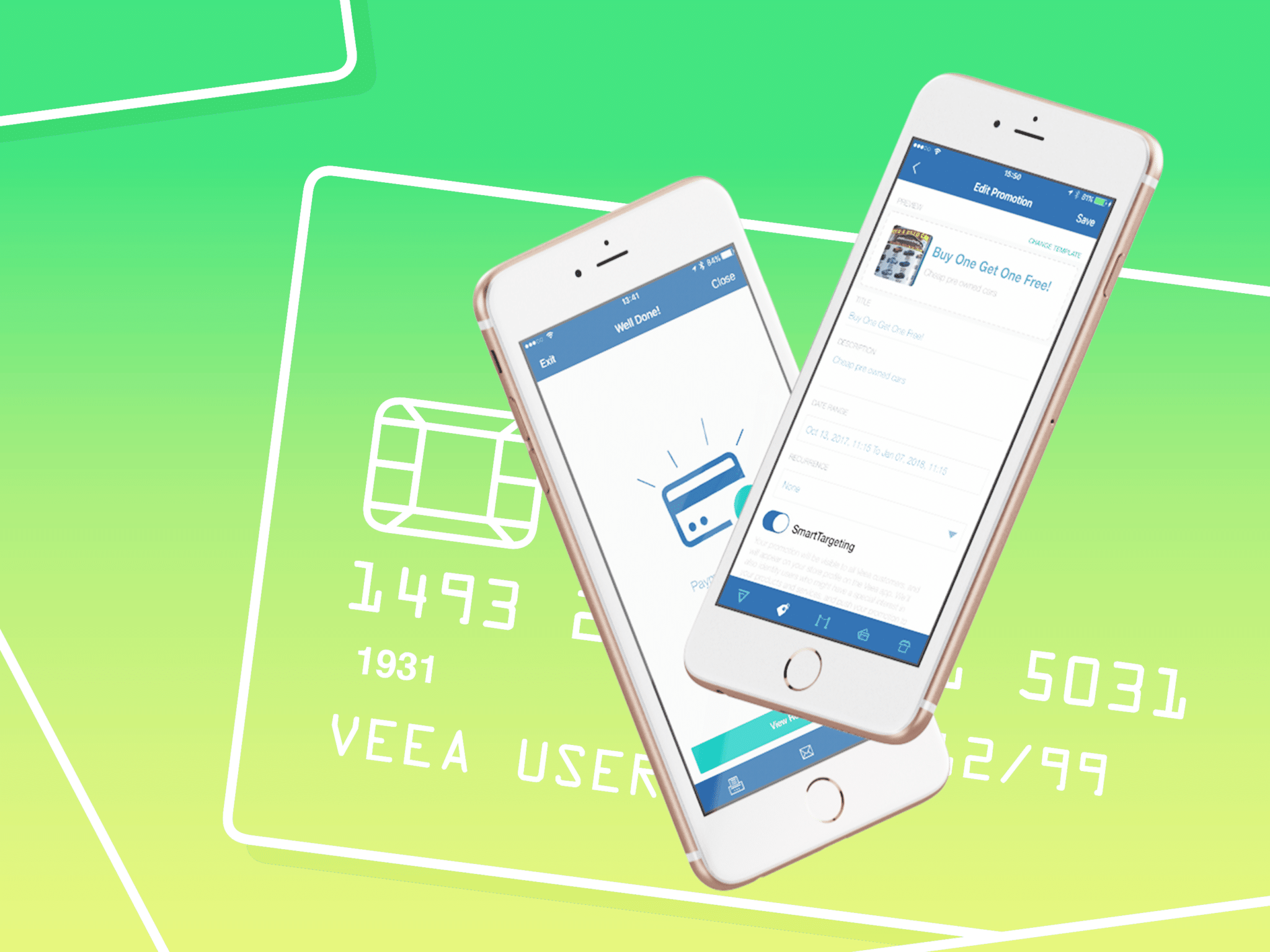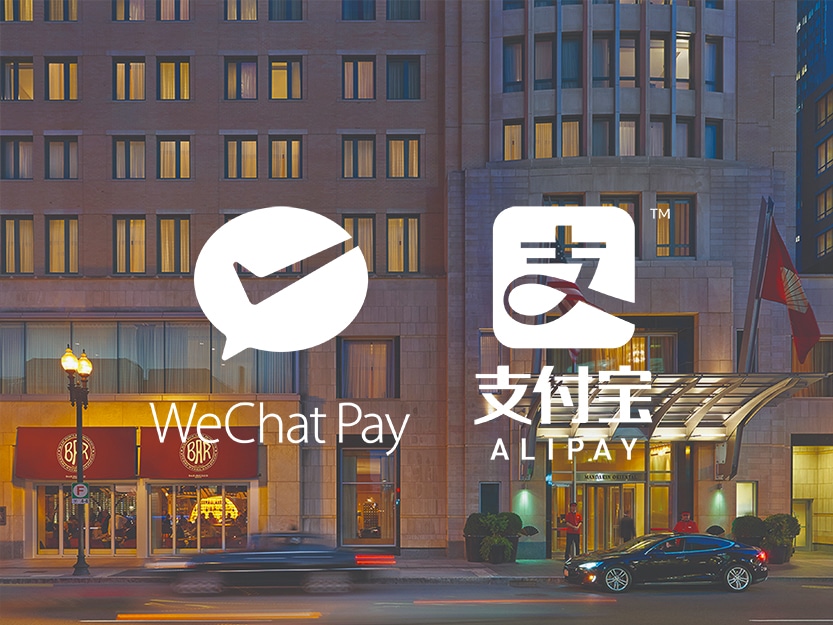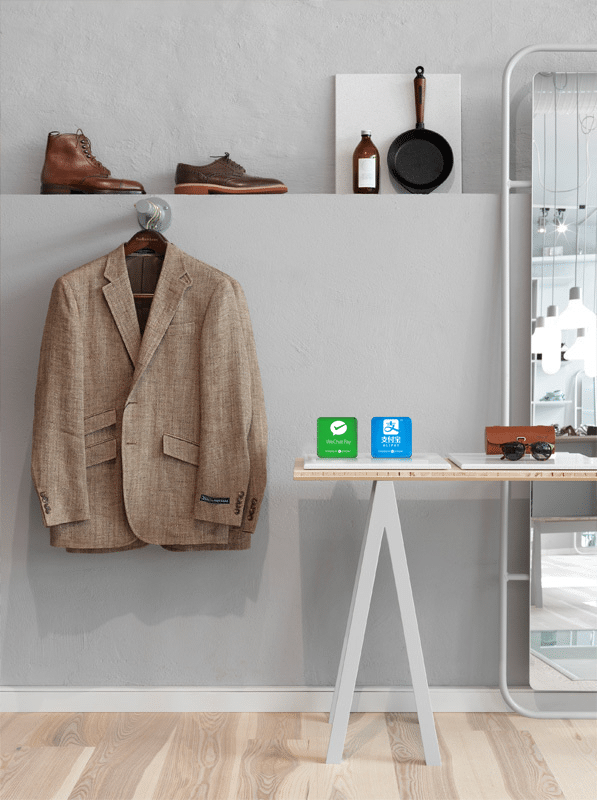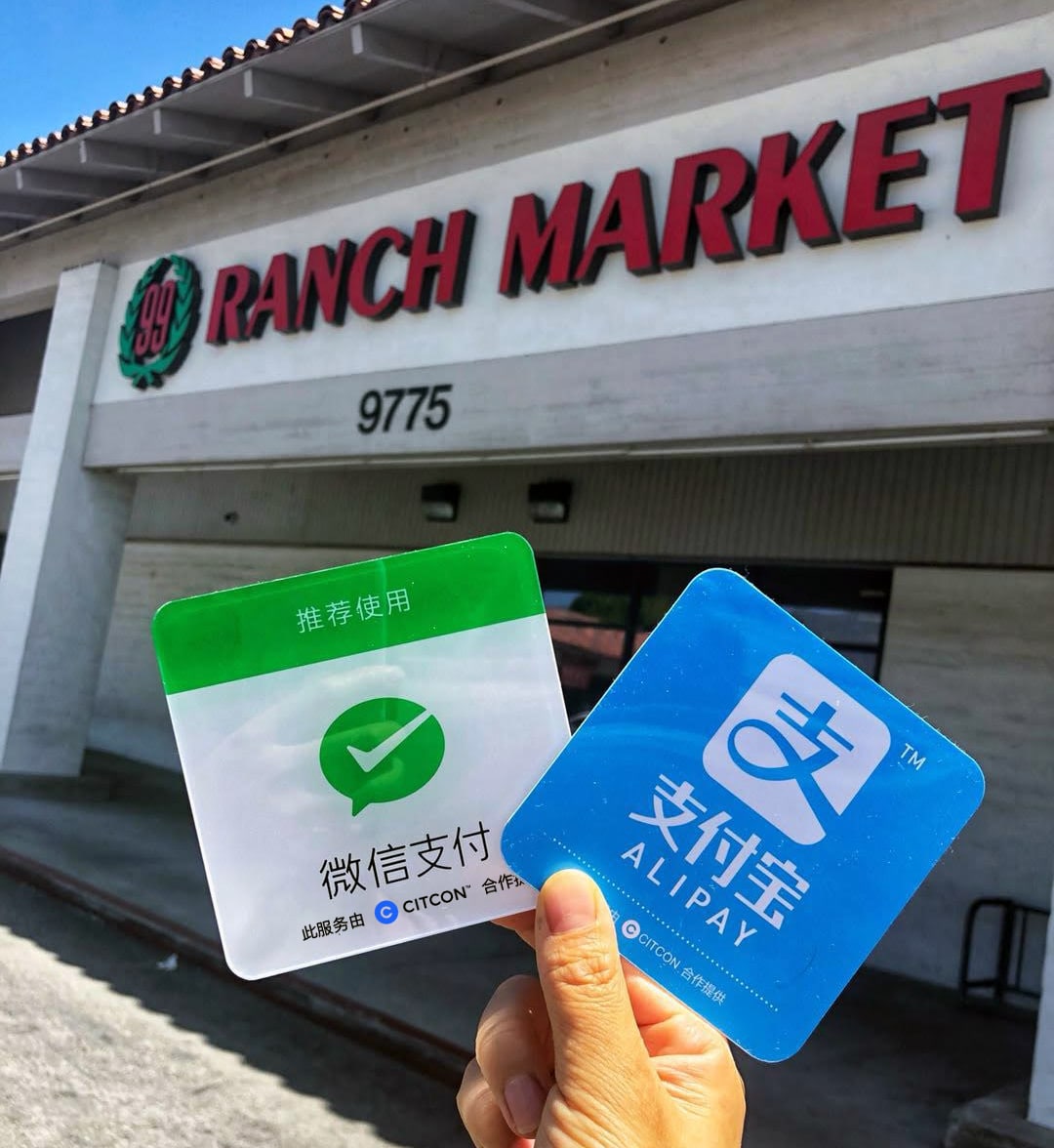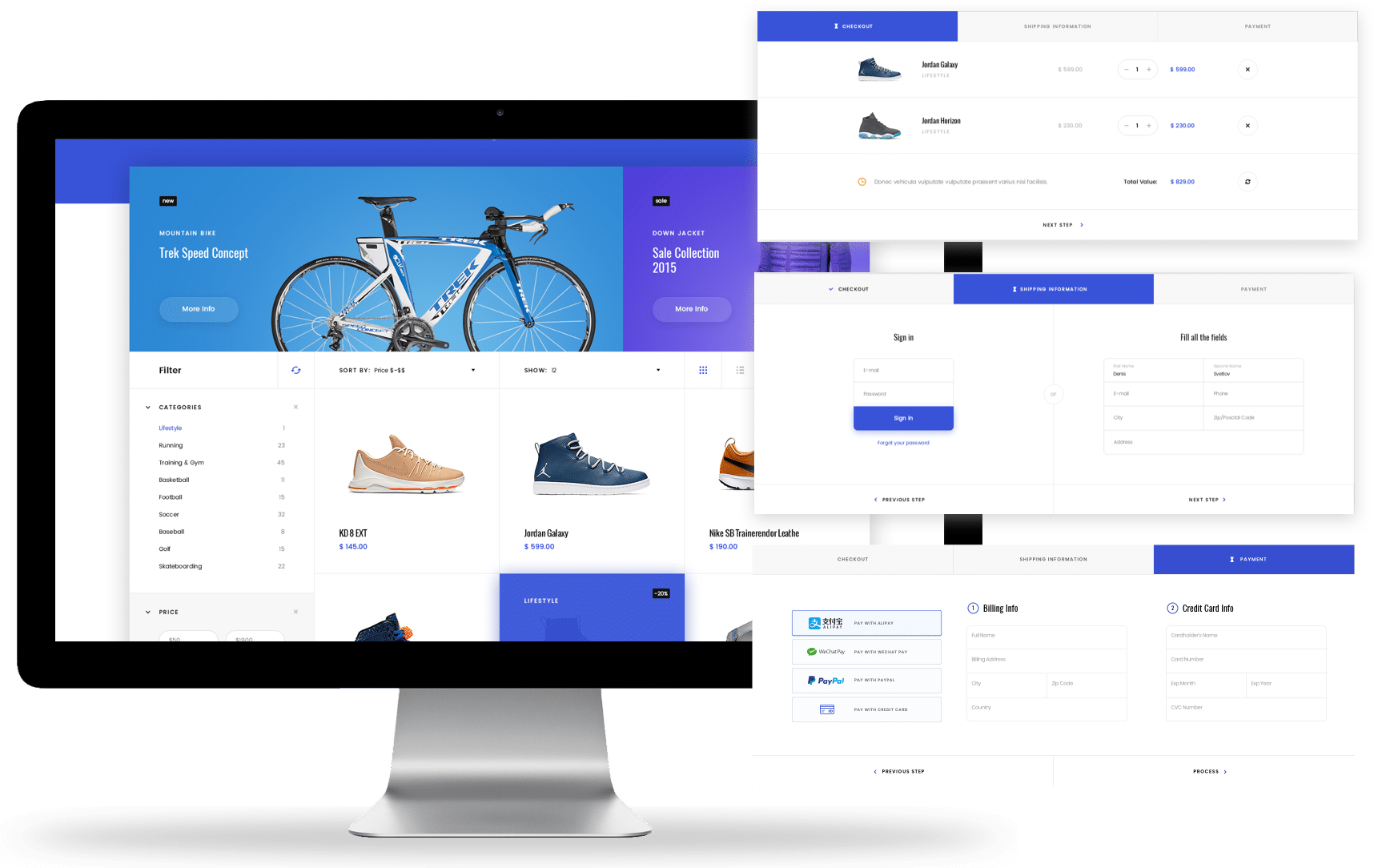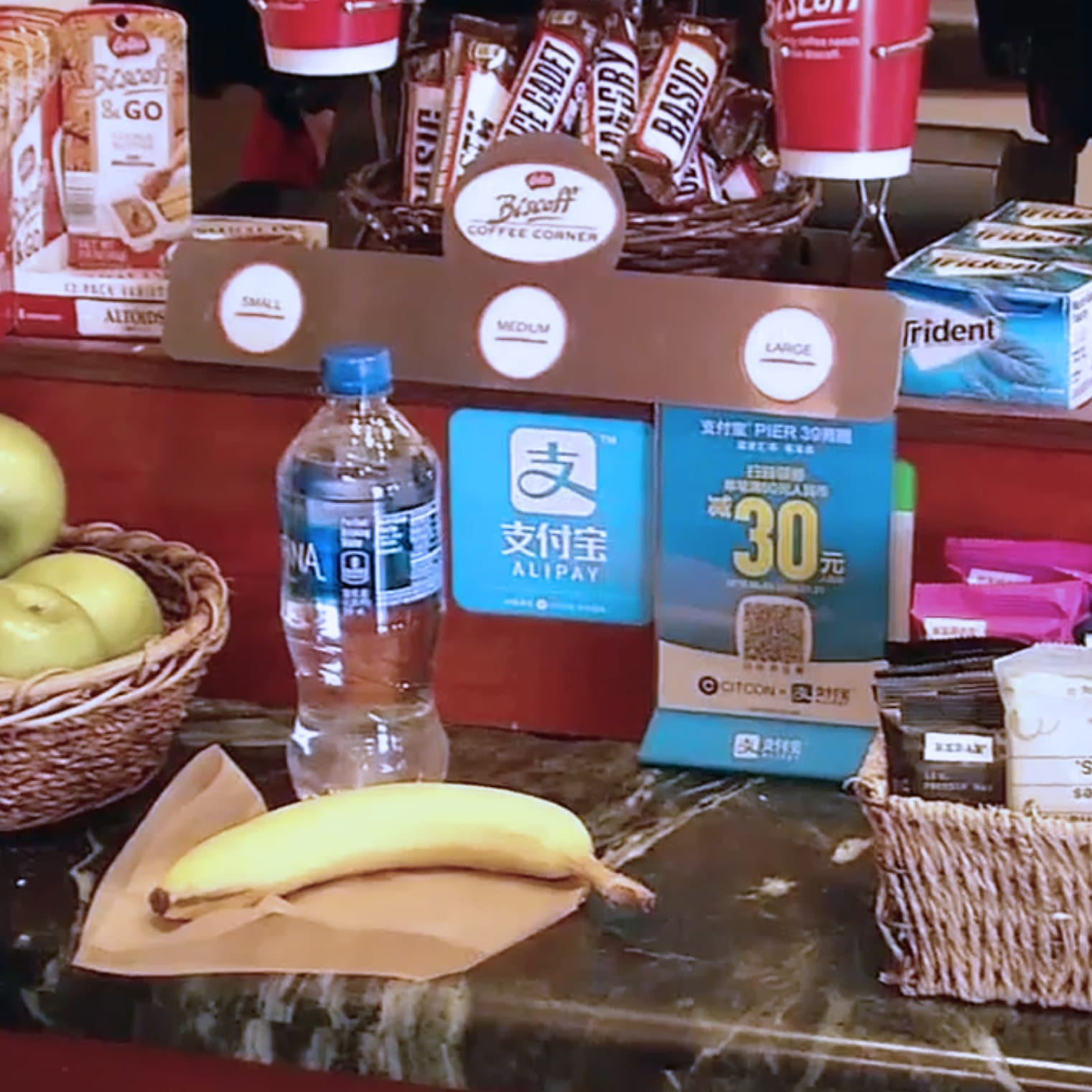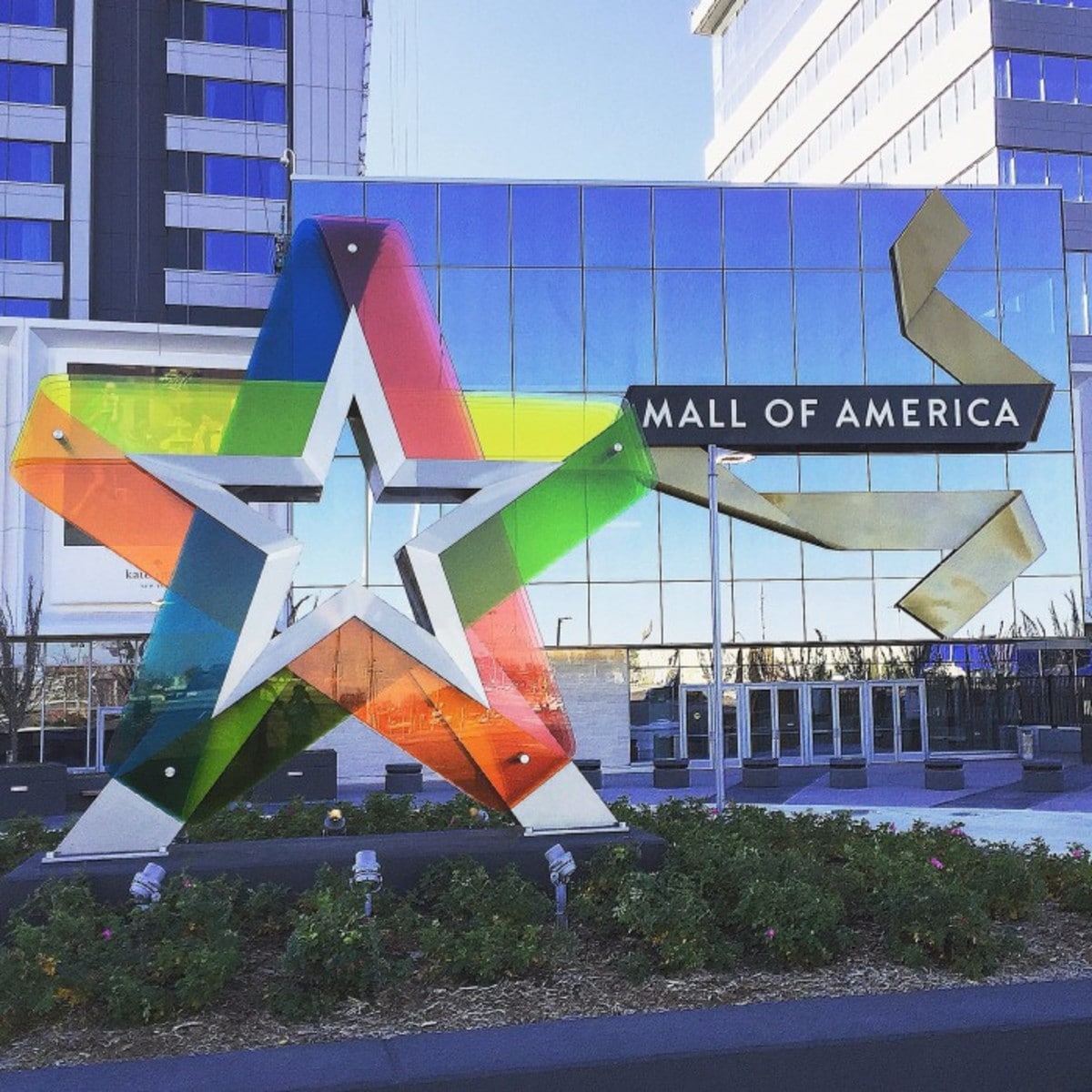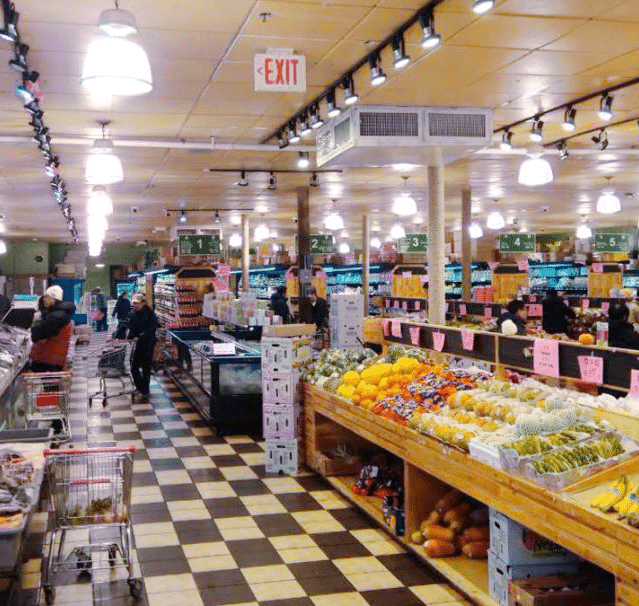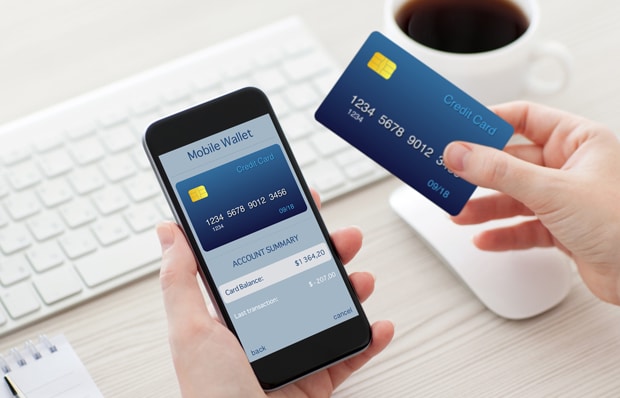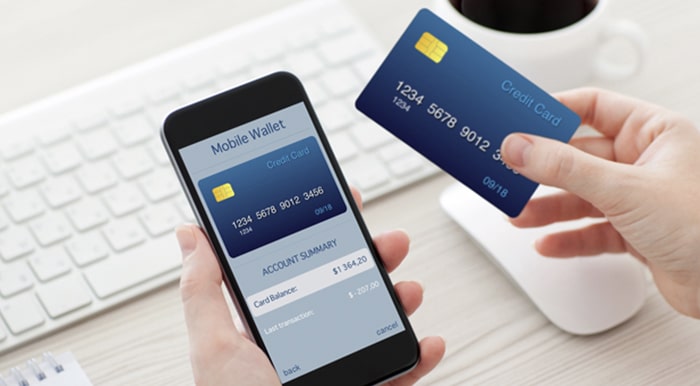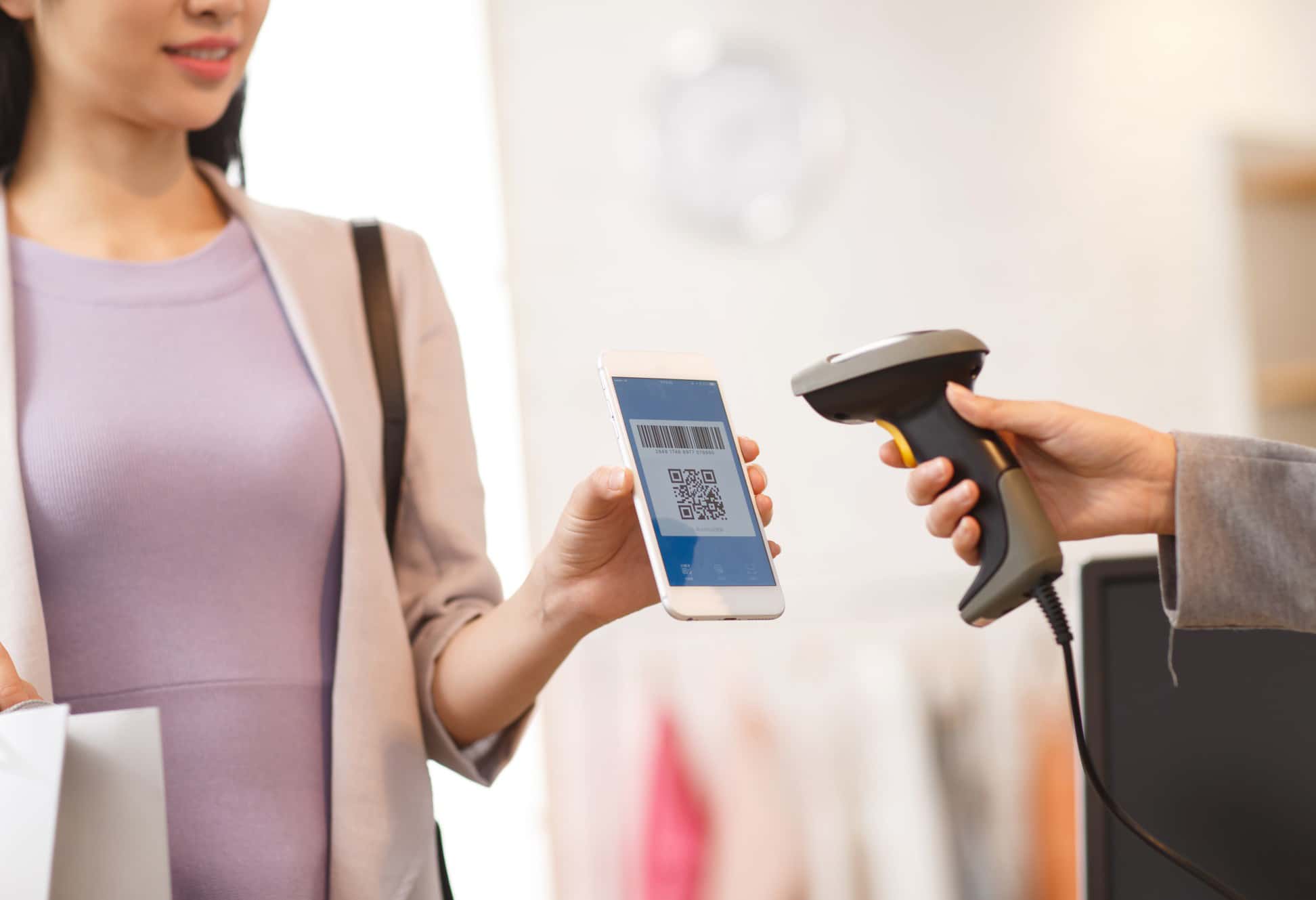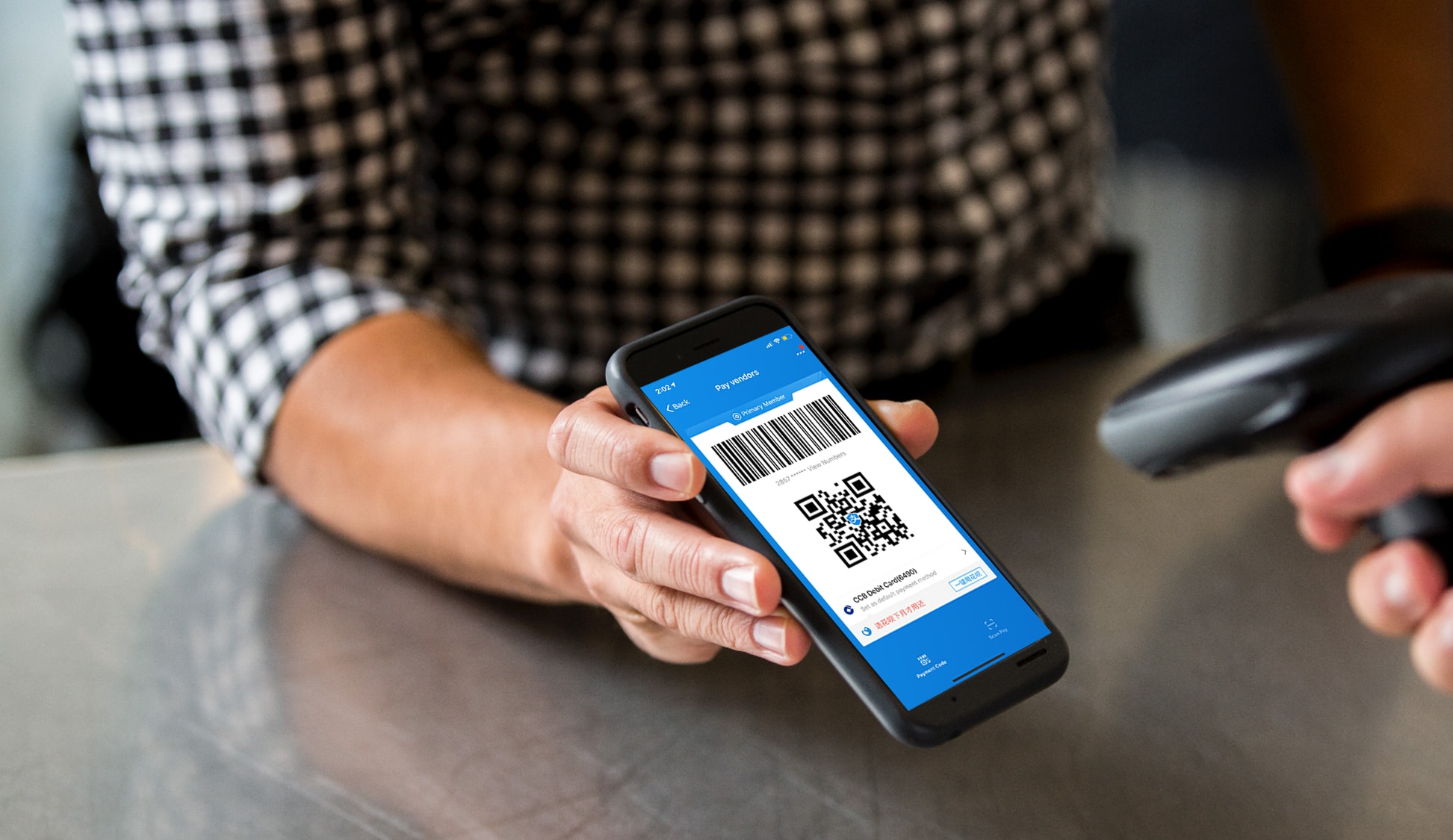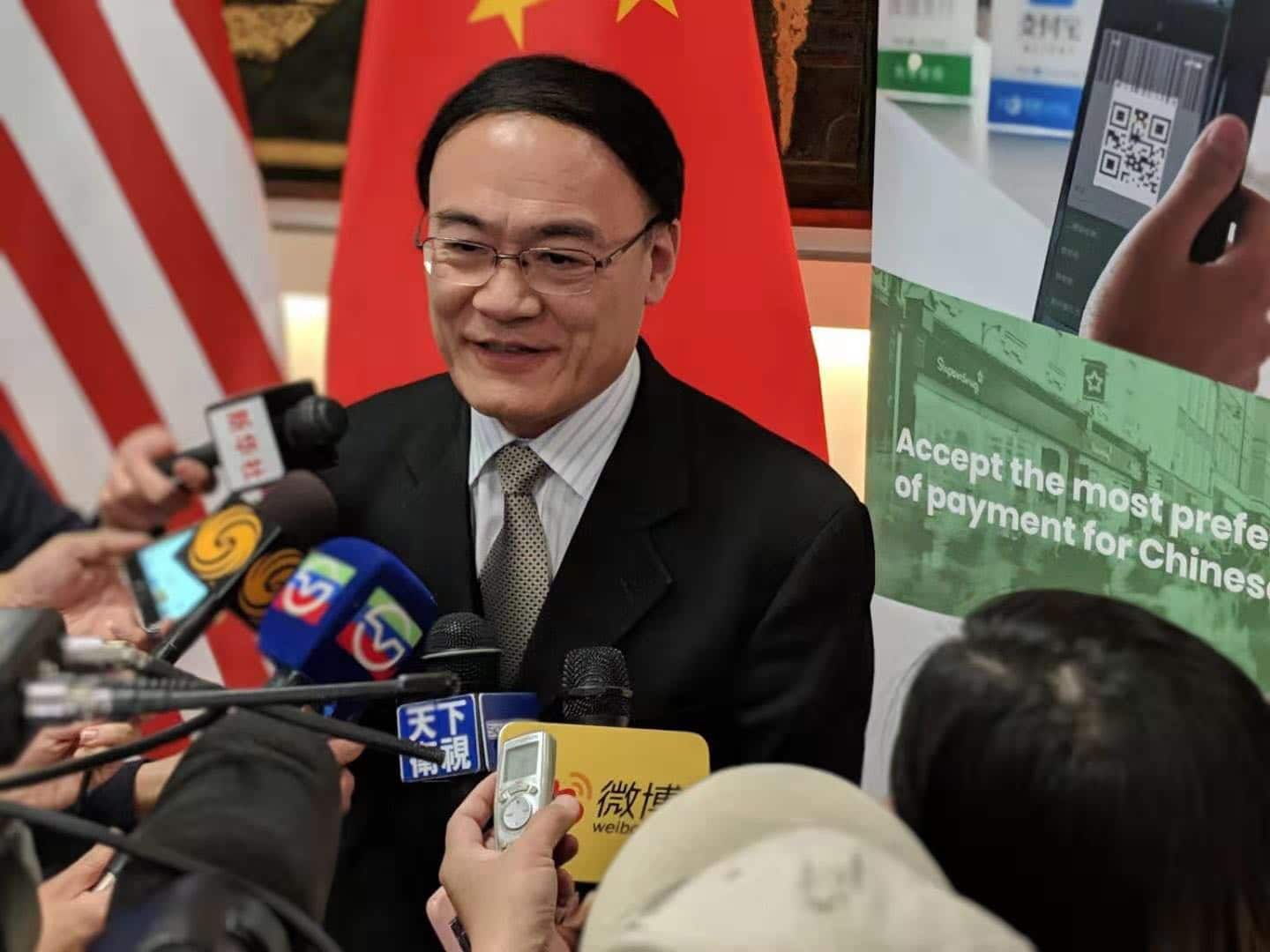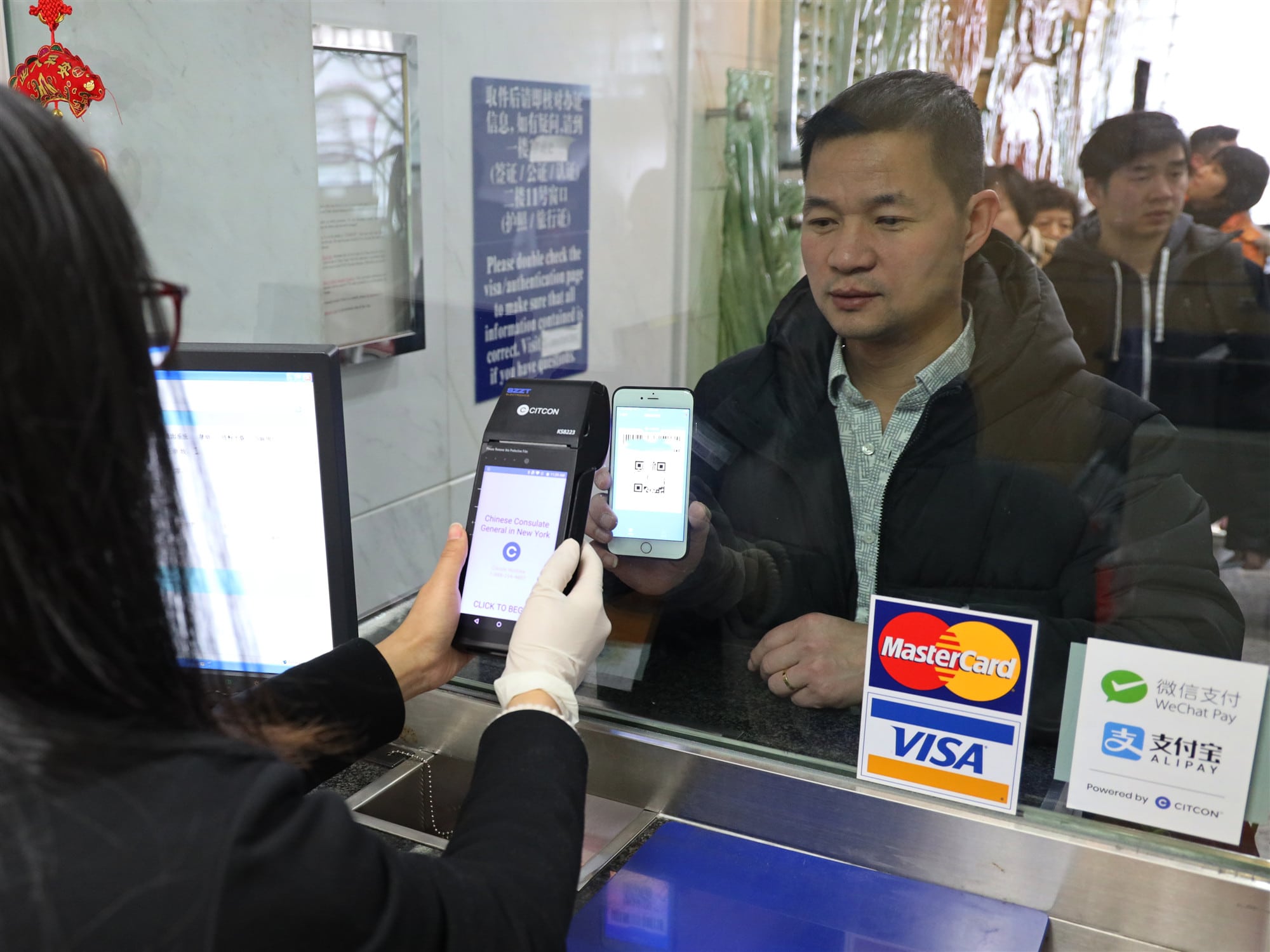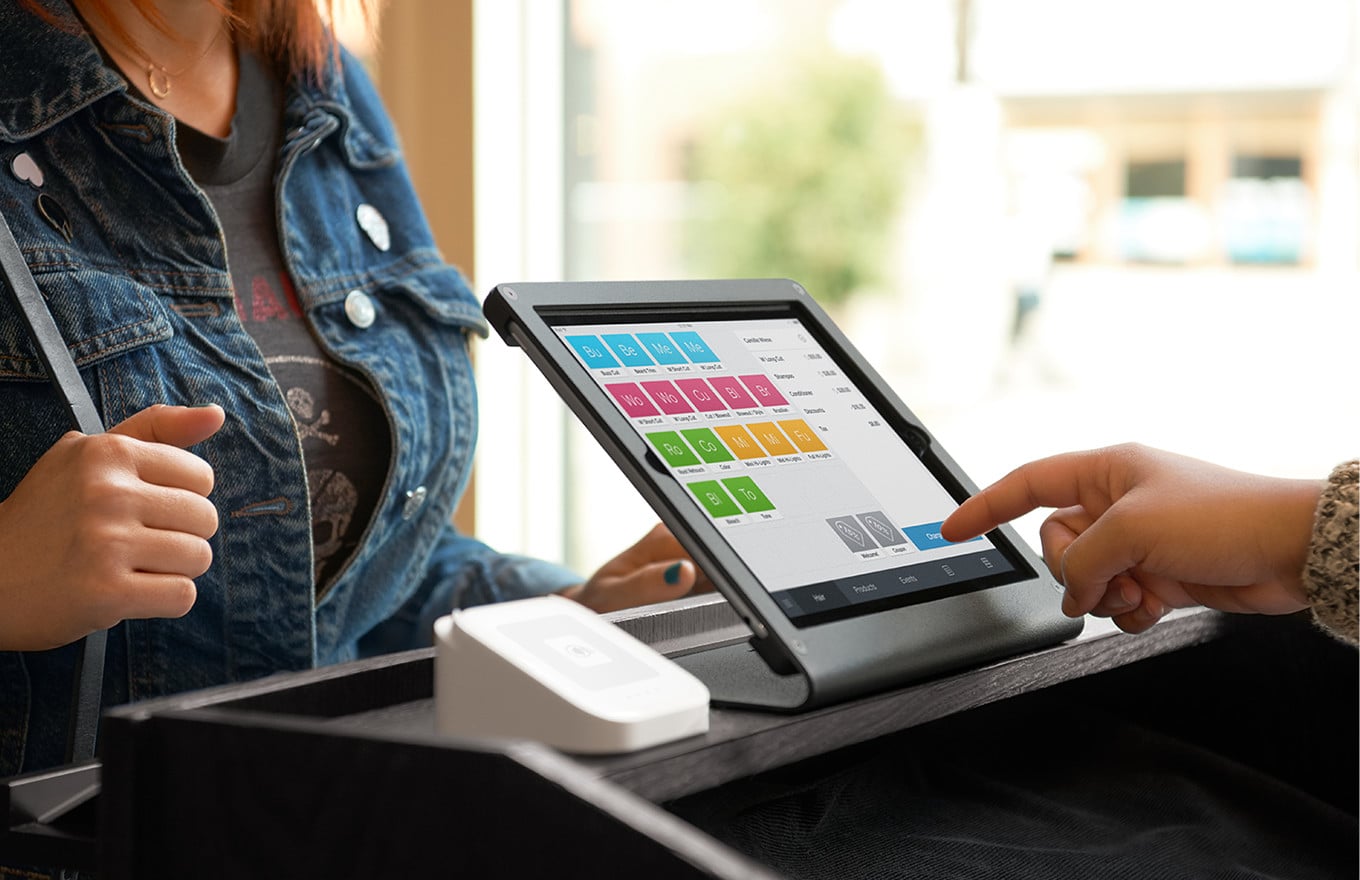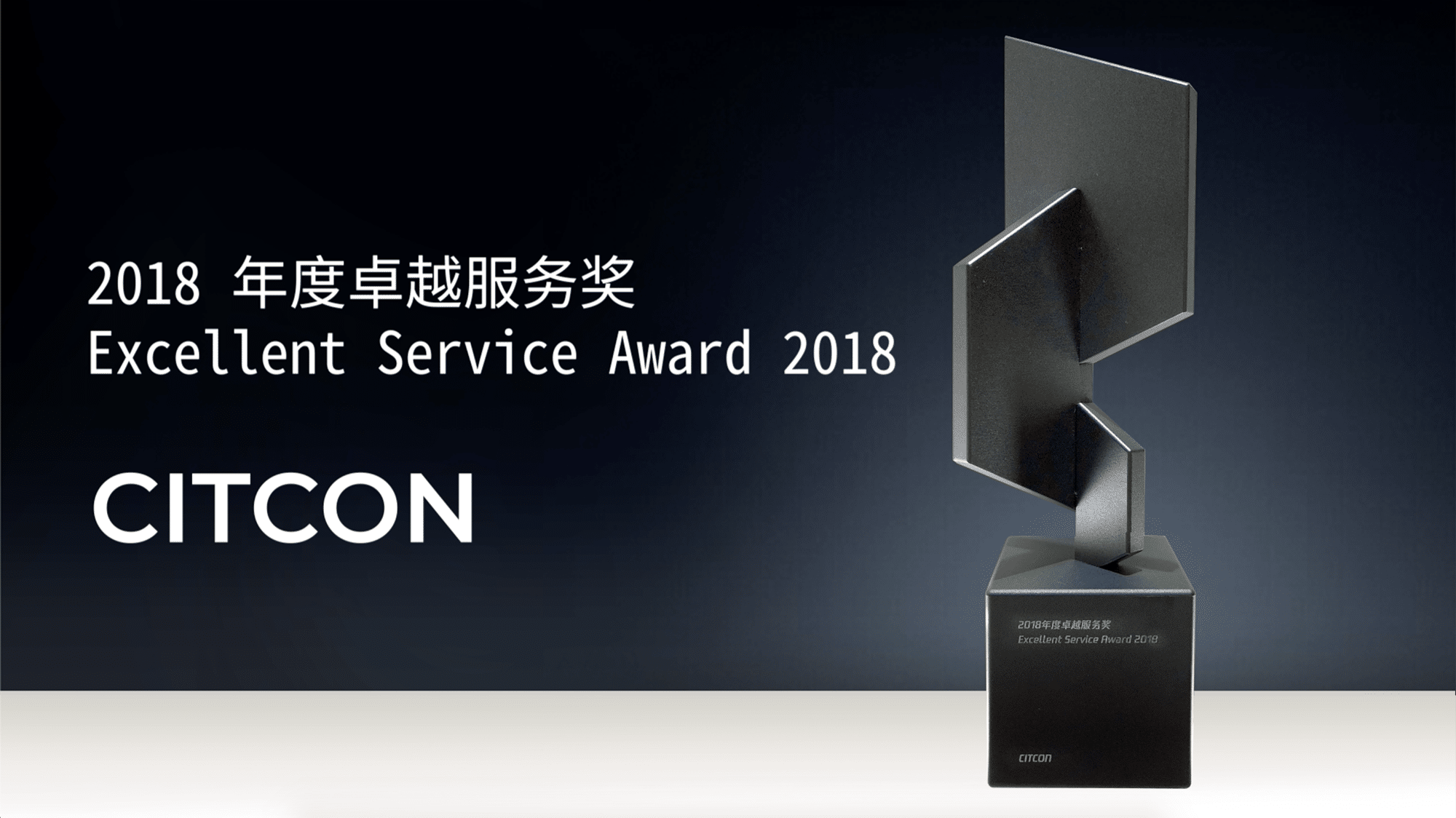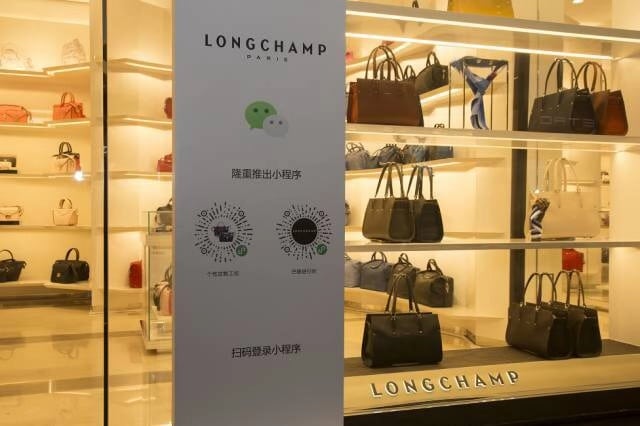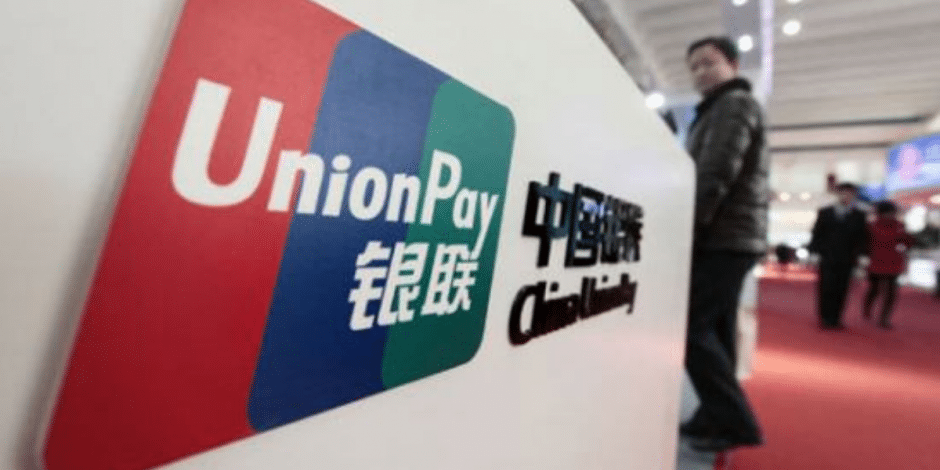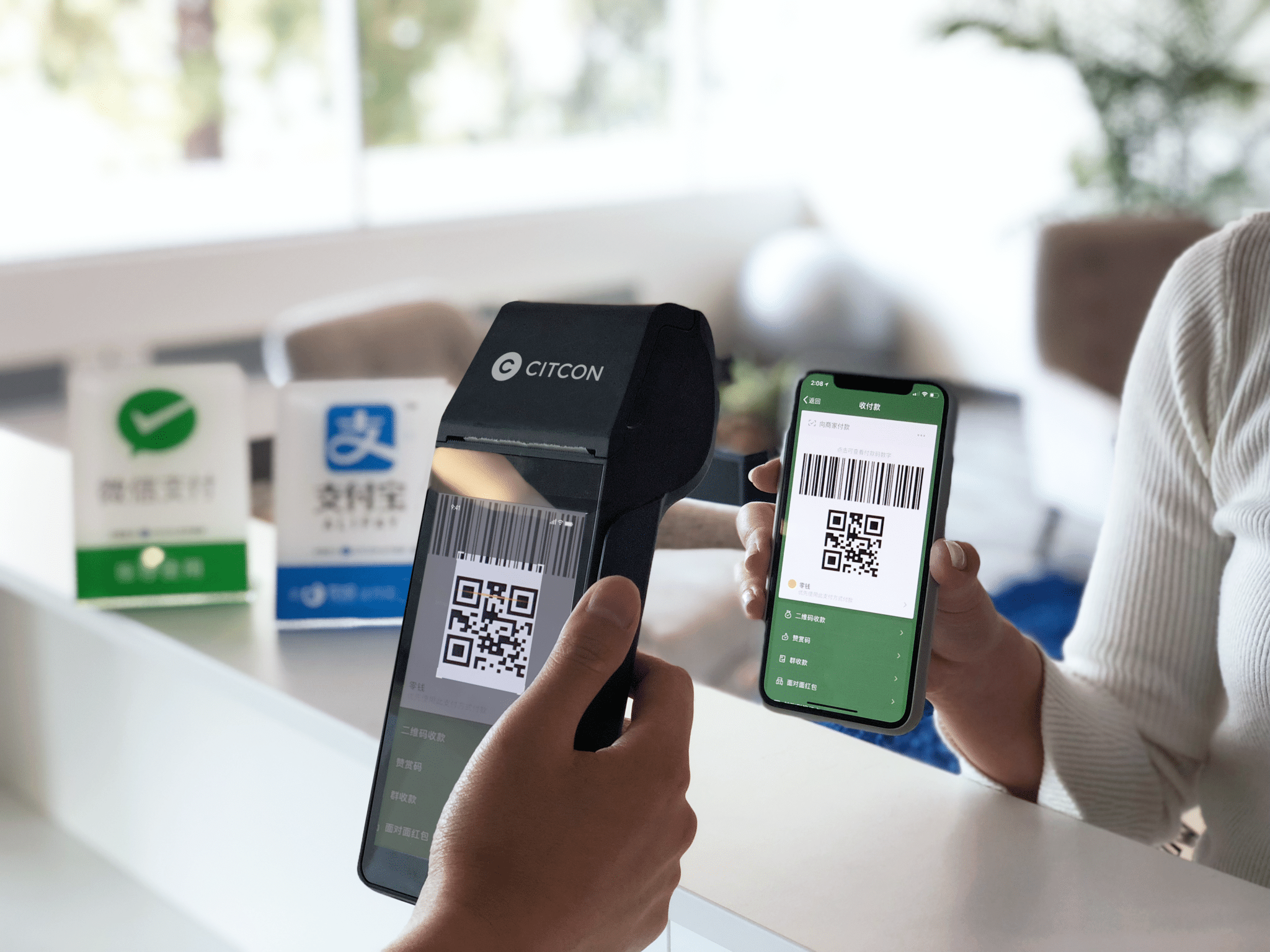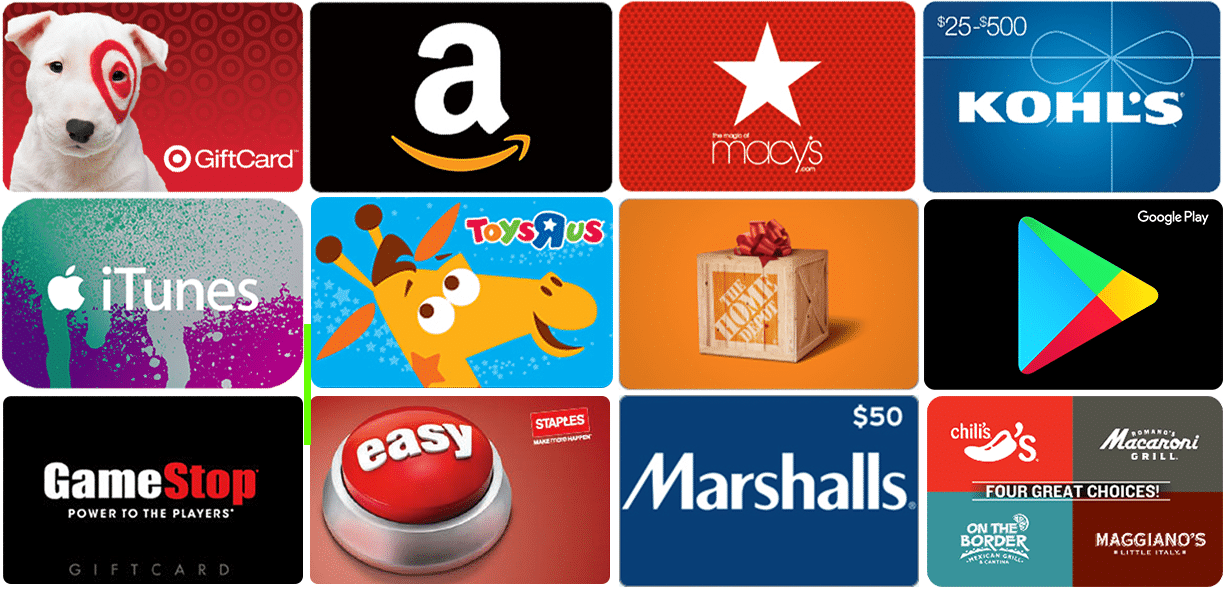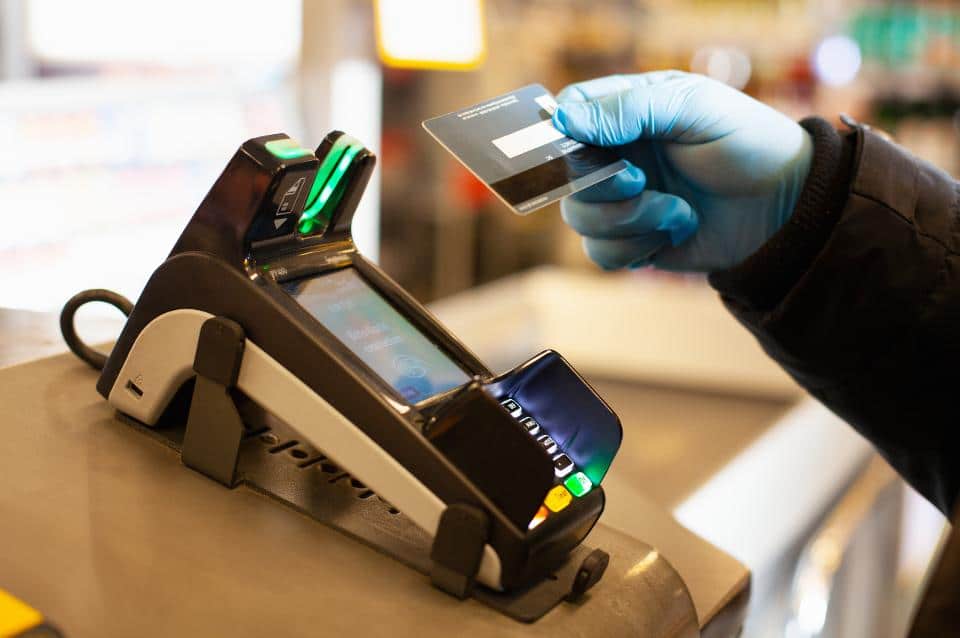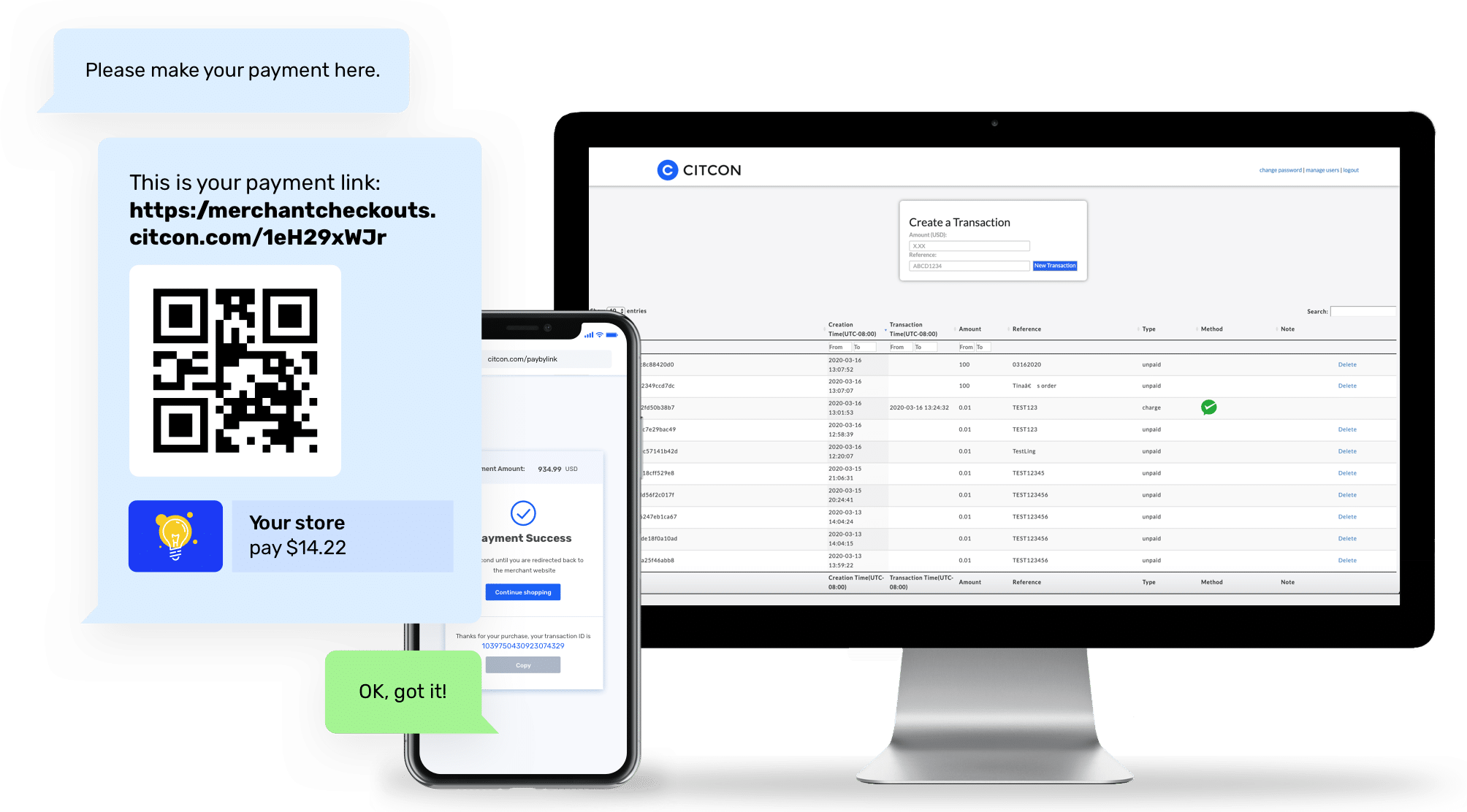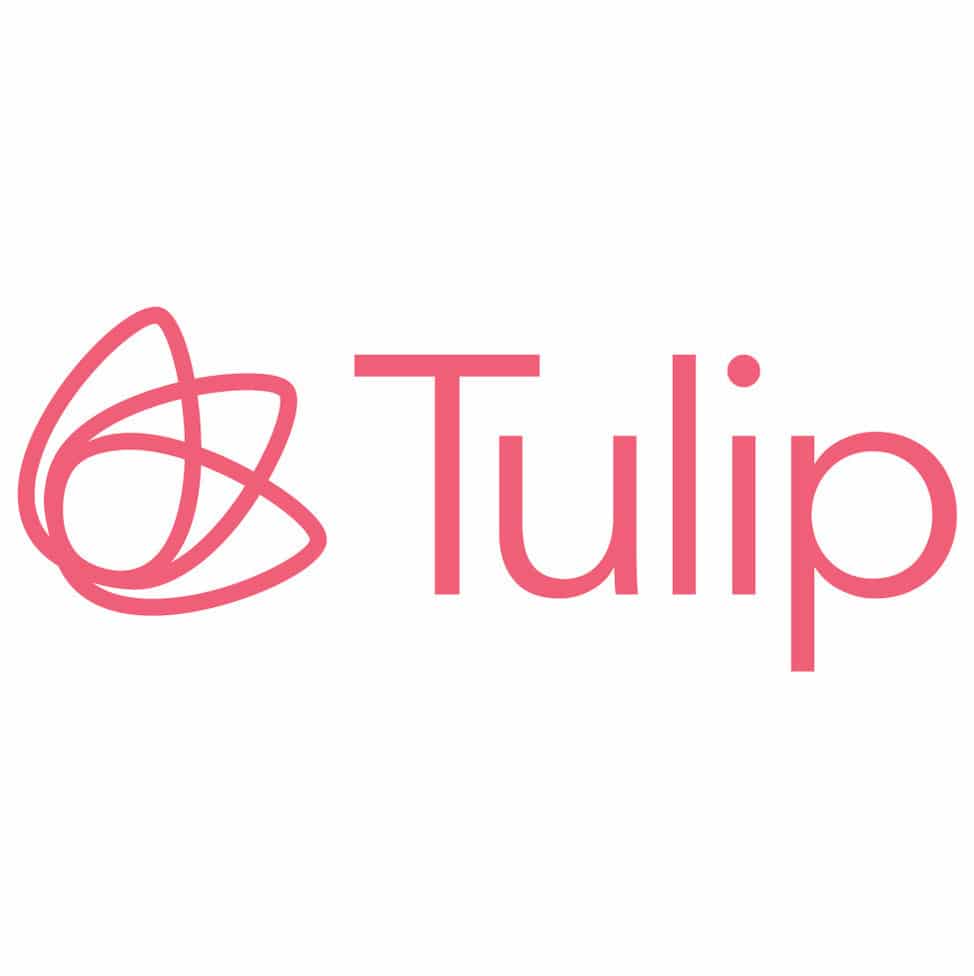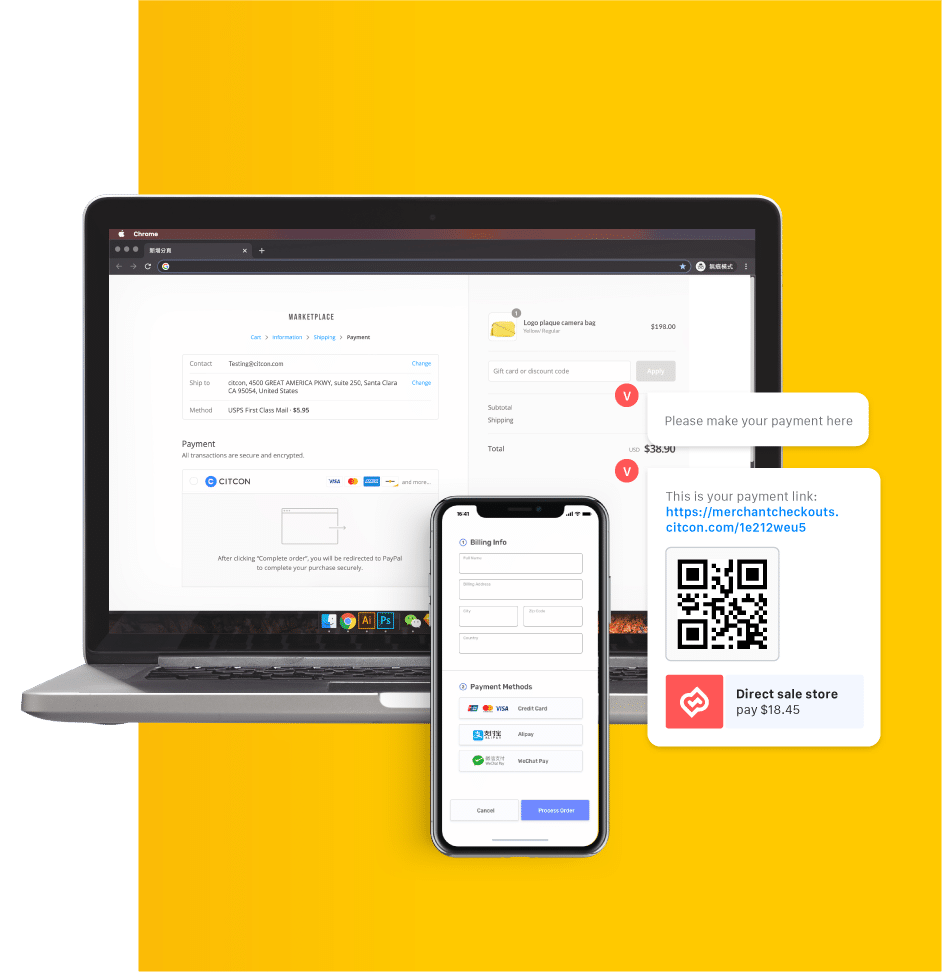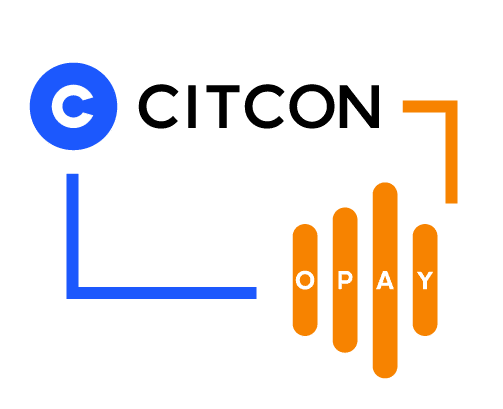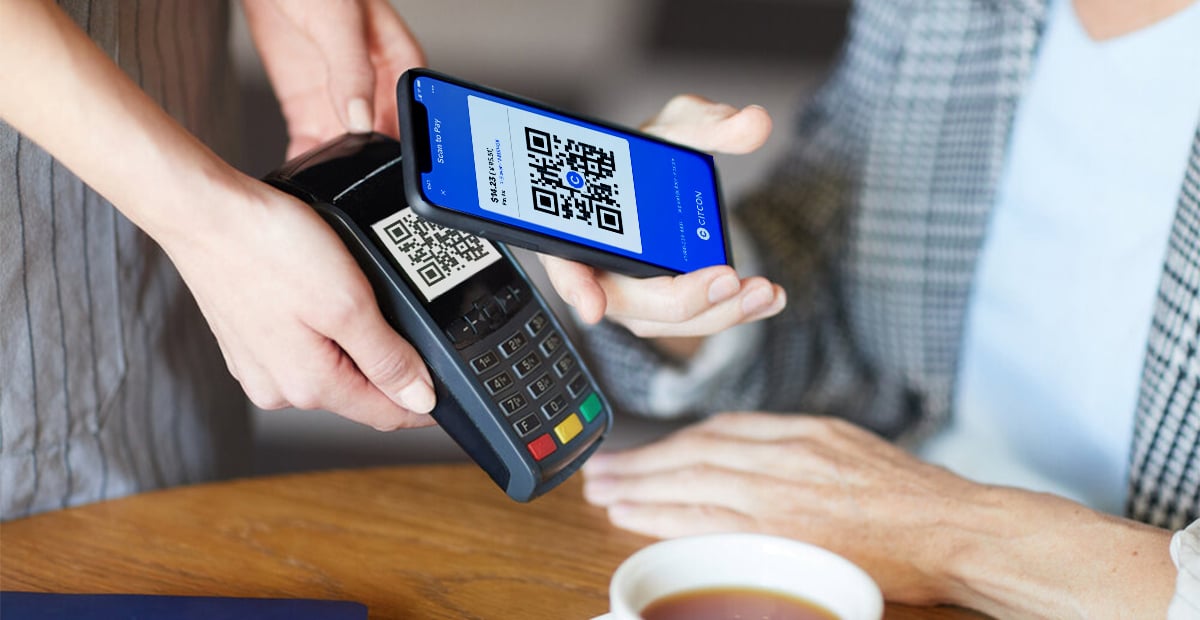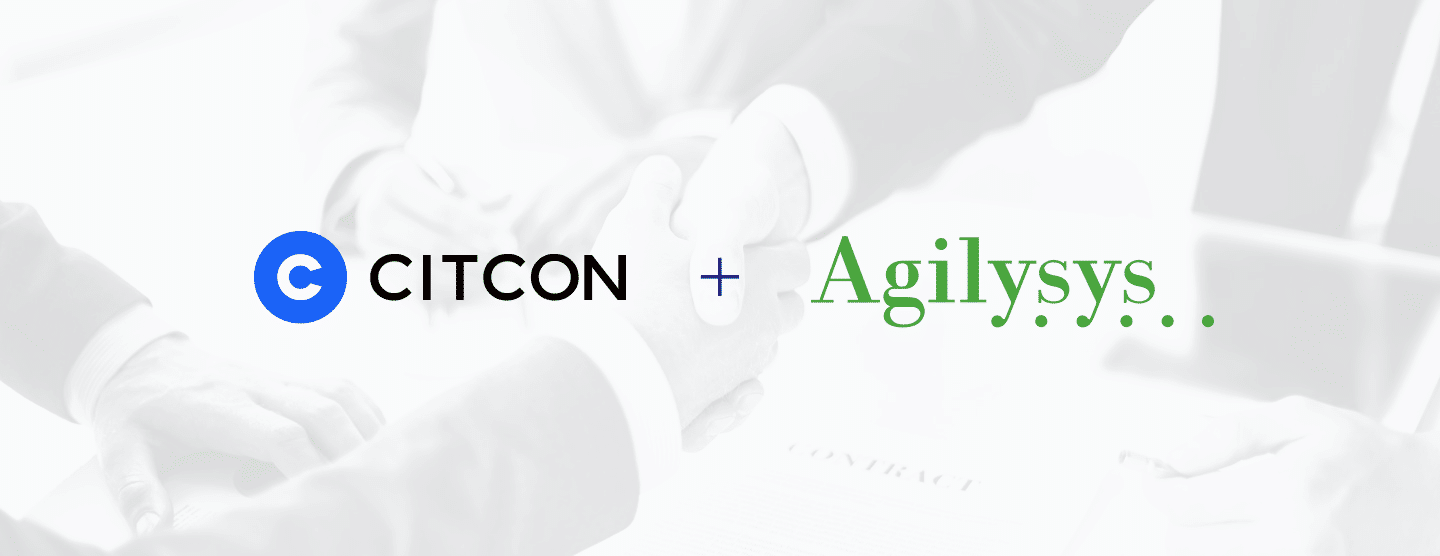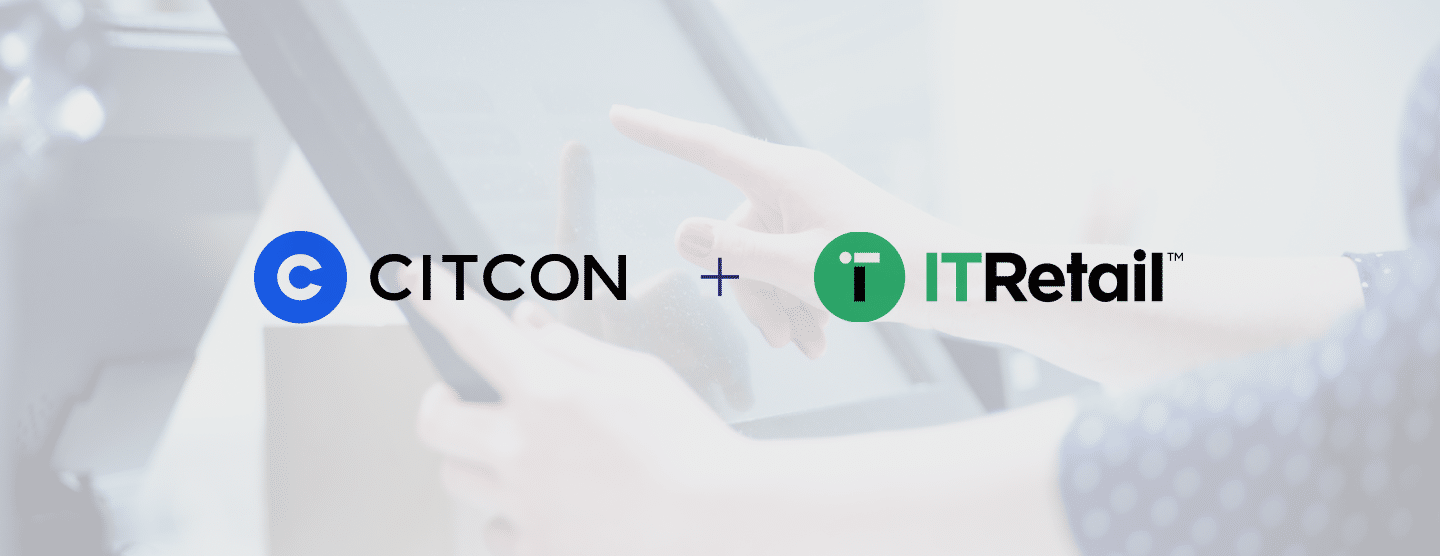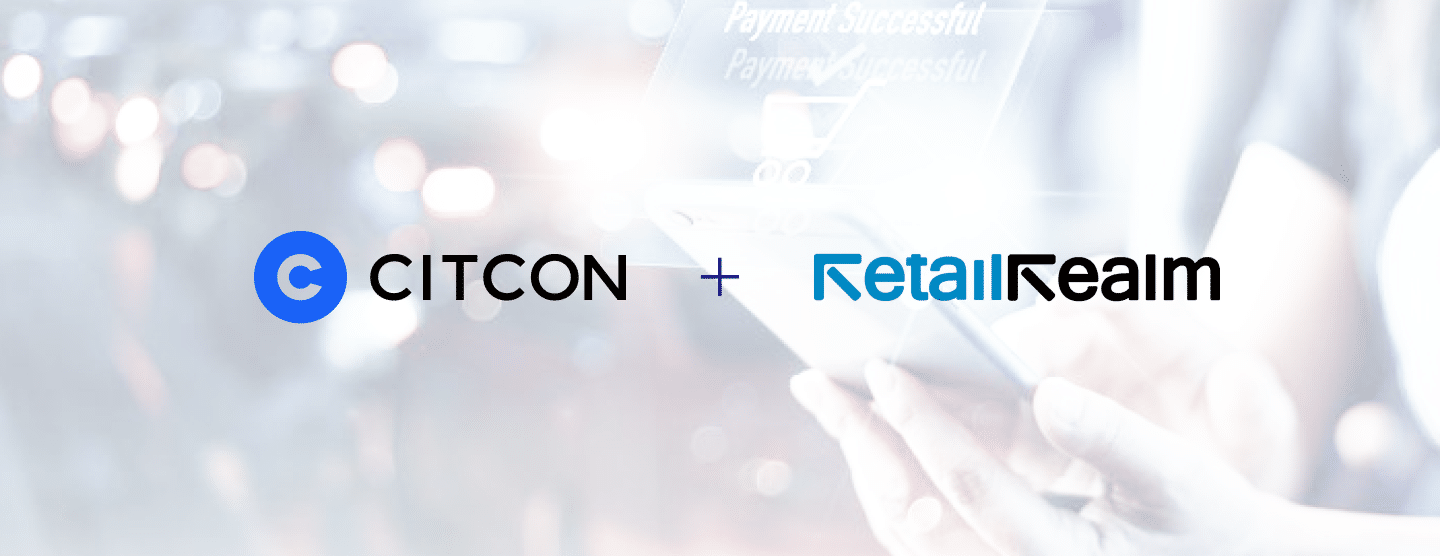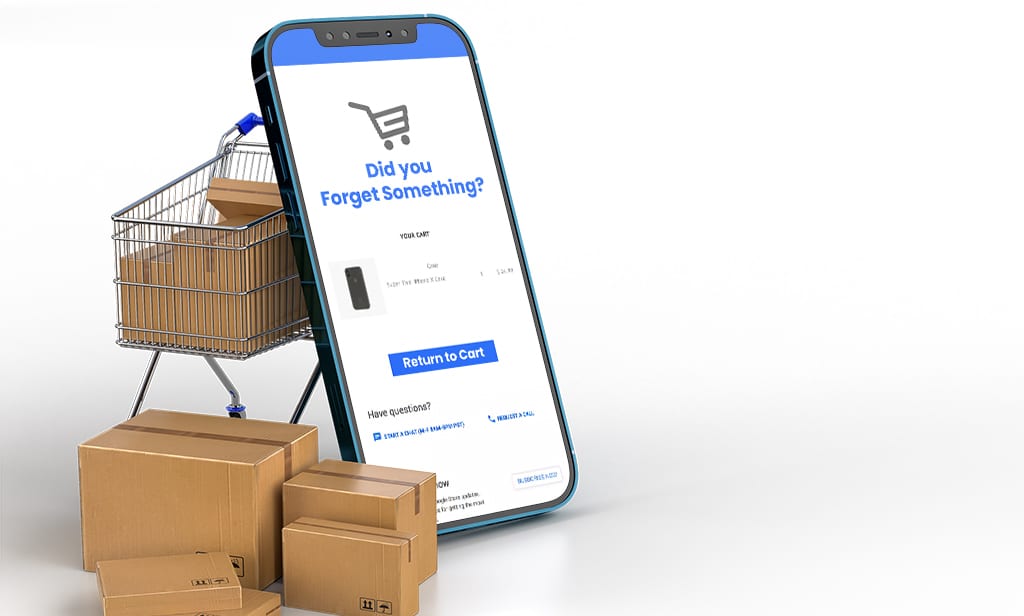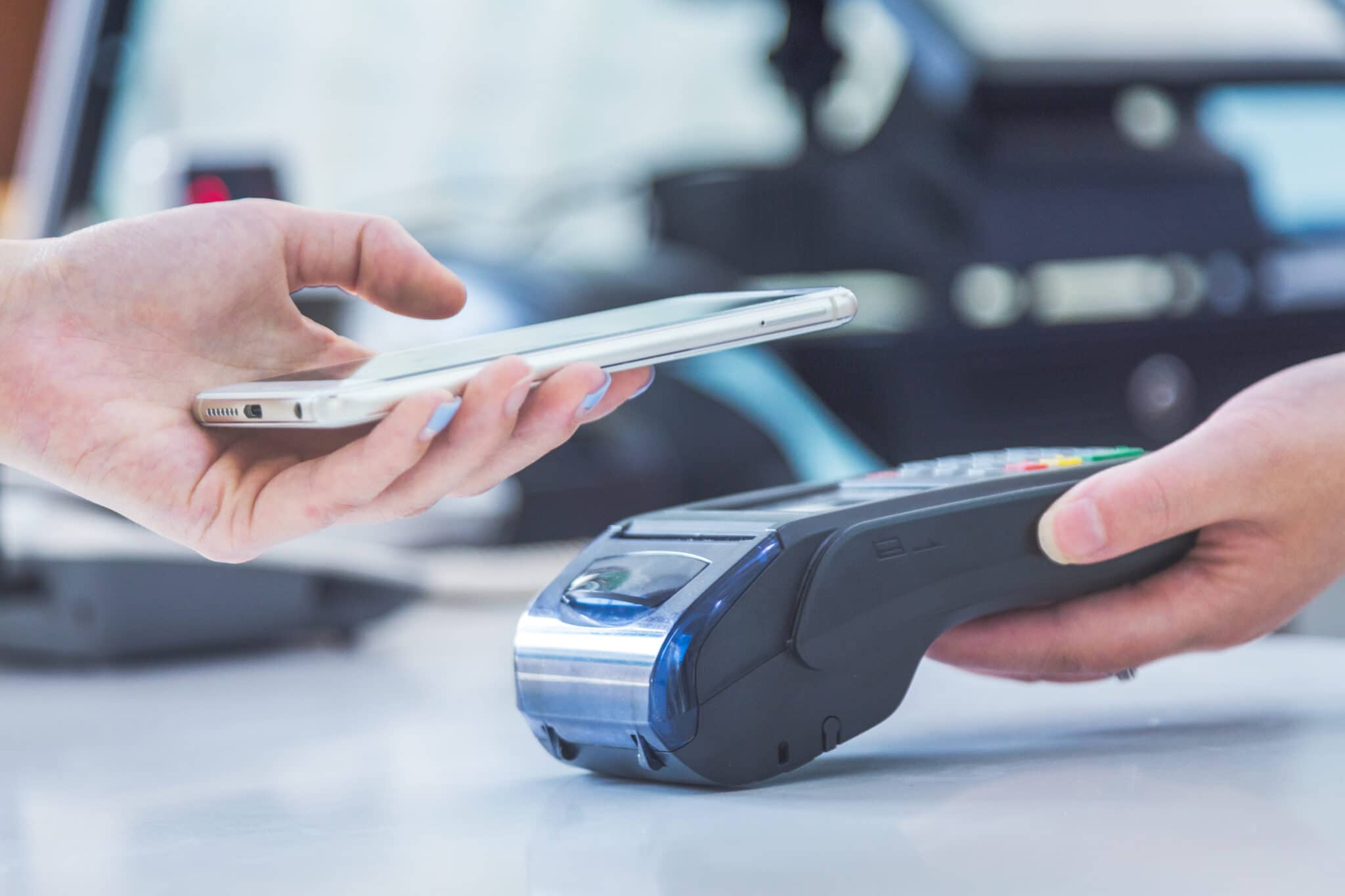Ecommerce Trends for Midmarket Companies in Q4 2025: What You Need to Know
WRITTEN BY
Jason Kumpf
Citcon
CRO & Payments Consultant
Date
Subscribe to our interesting updates
SHARE ON

As we head into the final quarter of 2025, midmarket ecommerce companies face both opportunity and challenge. Consumer expectations continue to evolve, technologies are maturing faster, and competition is intensifying. To win in Q4, you need a strategy that blends agility, customer-centric innovation, and operational resilience. Below are the key trends you should be tracking — and acting upon — to make Q4 your strongest finish yet.
1. Hyper-personalization becomes table stakes
Consumers expect more than generic segmentation. They want shopping experiences tailored to them. Brands that deliver dynamic content, product recommendations, offers, and messaging based on real-time behavior will outpace peers.
Behind that promise lies AI and machine learning. These tools can analyze browsing history, purchase frequency, preferences, and even signals like time of day or device used. In 2025, personalization is no longer a “nice to have” — it is central to conversion and retention.
For midmarket players, the challenge is to implement personalization without breaking the bank. Modular solutions or API-based personalization engines can plug into your existing stack, enabling tailored experiences without a full rebuild.
2. Composable and headless commerce for flexibility
The era of monolithic ecommerce platforms is waning. In its place, composable (or MACH) architectures let you assemble your tech stack as discrete building blocks — for search, payments, cart, CMS, etc.
Headless commerce, a subtype of this trend, decouples frontend and backend layers so you can adapt the user interface (website, app, kiosk) without changing core backend functions.
Why is this relevant for the midmarket? Because it lets you respond faster to market changes — such as launching a new storefront, adapting regionally, or swapping out a component — without wholesale replatforming. That agility is a competitive advantage going into Q4.
3. Omnichannel unity (not just multichannel)
Shoppers no longer distinguish “online vs in-store” — their journey is fluid. They research on one channel, browse on another, and make final purchases somewhere else. According to industry insight, the “channel” matters far less than the consistency and continuity of experience.
For midmarket retailers, embracing omnichannel means synchronizing inventory, pricing, customer data, and messaging across all touchpoints: web, mobile, app, social, and physical (if applicable). Q4 is when disconnects become costly — customers will abandon carts or abandon trust if they see inconsistent pricing or availability across channels.
4. Frictionless payments & checkout
One of the top causes of cart abandonment is friction at checkout. In 2025, solutions like one-click checkout, digital wallets, and Buy Now, Pay Later (BNPL) continue to rise.
Especially in Q4, when customers may be shopping under stress or during flash sales, every second counts. Speed, trust, and ease of payment then become conversion levers. Midmarket brands that integrate flexible, secure payment options will see less shopper drop-off in this crucial season.
5. Social commerce and live shopping
Social media isn’t just a marketing channel — it’s increasingly a sales channel. Platforms like TikTok, Instagram, and others are enabling “shop in app” and live-stream shopping features.
For midmarket companies, the scale of social commerce is compelling — you can blend community, discovery and purchase seamlessly. Live demonstrations, limited-time offers, influencer tie-ins — all of these can translate social engagement into Q4 sales momentum.
6. Supply chain resilience and fulfillment innovation
Q4 brings logistical pressures: holiday demand, shipping delays, return surges. Brands must optimize inventory forecasting and delivery options (same-day, curbside, micro-fulfillment) to remain competitive.
Adopting predictive inventory tools, diversified sourcing, and flexible fulfillment nodes will help avoid stockouts or overstock traps. The brands that can promise (and deliver) fast, reliable fulfillment will win trust and loyalty.
7. Sustainability, circular models, and ethical storytelling
Consumers are more environmentally aware than ever. Sustainability is no longer just PR — it’s a decision factor.
Midmarket brands can embrace circular models (resale, rental, refurbishment) or emphasize ethical sourcing and packaging. Transparency — letting customers trace product origin, carbon impact or labor practices — can differentiate your brand in a crowded Q4 landscape.
8. Privacy, compliance and trust
As retailers collect more first-party data for personalization, privacy and compliance must be baked into strategy. New regulations (in various jurisdictions) around data storage, consumer rights, and traceability are tightening.
Trust in how you handle customer data becomes a competitive asset. Midmarket companies should prioritize consent-based data capture, secure platforms, and clear privacy policies as they scale personalization.
Putting It All Together: A Q4 Action Plan for Midmarket Success
Here’s how midmarket ecommerce leaders can translate these trends into results in Q4 2025:
- Audit your stack now – Identify components (checkout, personalization, payments) where upgrading or adding modular tools can unlock value.
- Pilot personalization micro-campaigns – Use behavior-based email flows or site banners to test hyper-personalization quickly.
- Ensure consistency across channels – Sync pricing, inventory, and messaging across web, app, social, and any physical touchpoints.
- Add frictionless payment options – Integrate digital wallets, one-click checkout, BNPL options ahead of Q4 peaks.
- Plan fulfillment buffers – Diversify fulfillment, test surge capacity, and build more resilience in your logistics ahead of holiday demand.
- Tell your brand story – Use Q4 campaigns to reinforce sustainability, ethics, and values in messaging (don’t just promote discounts).
- Review privacy policies and data flows – Make sure new features comply, and that customers feel safe.
One subtle but powerful enabler behind many of these efforts is having the right payments infrastructure — one that supports local payment methods, reduces friction, scales internationally, and ensures high reliability. Citcon, for example, offers a payments platform tailored to global commerce, helping midmarket brands optimize checkout experience without reinventing infrastructure.
Conclusion
Q4 2025 will be a battleground for midmarket ecommerce players. Success demands more than discounting — it requires smart adoption of personalization, composable architecture, omnichannel consistency, seamless payment, resilient fulfillment, and a trust-based brand narrative.
While some of these shifts feel ambitious, they are not out of reach for midmarket teams that partner wisely and phase implementation. If you're looking for a payments partner that can support many of these goals — reducing checkout friction, scaling globally, adapting locally — reach out to Citcon.
If you want help mapping these trends to your roadmap or benchmarking with peers, feel free to connect.
Contact Citcon: citcon.com/contact




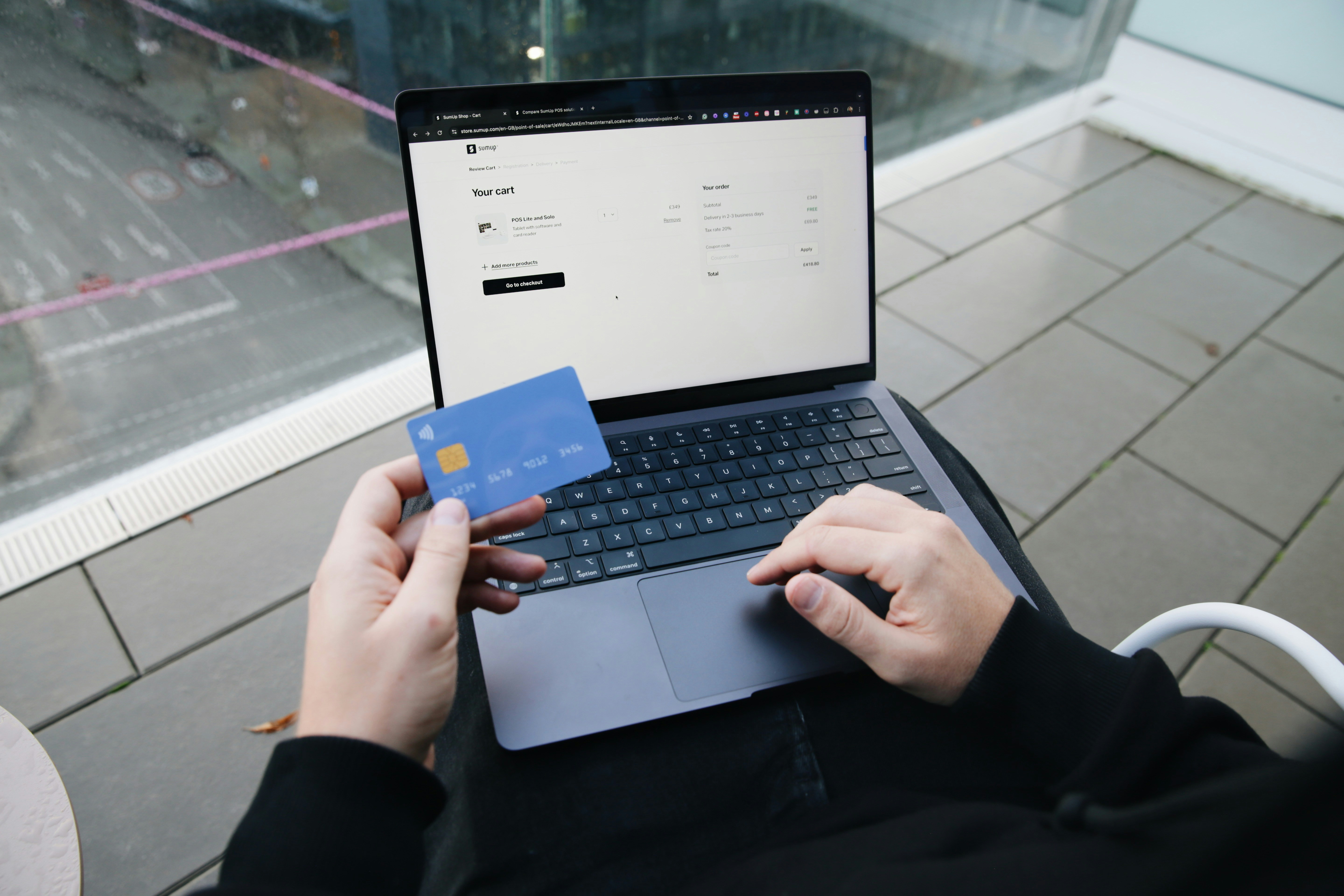




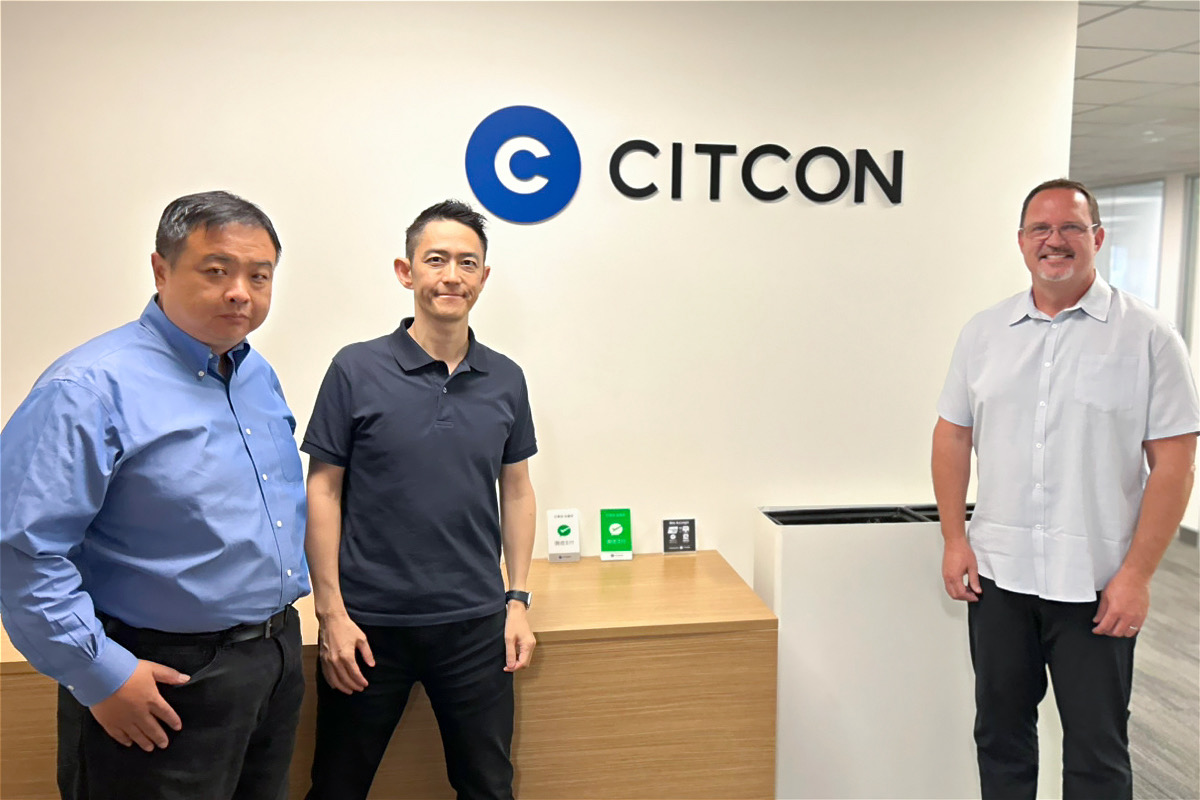
.png)
